|
Reservations day is tomorrow! I was gone on vacation for a week which is the longest I've ever been away from my farm. That being said, there was a little confusion with the website update for this specific reservation. I was wondering why Charlotte's babies were so much smaller than Flora's. I realized today after taking all their photos that the May 11th babies are not apart of the same reservation! Oops! Tomorrow only Flora's babies are able to be reserved. We also have Adidas and Penny available and they could be adopted with any of Flora's babies, so for any of you wanting to adopt two bunnies at one time, this is a great opportunity as we usually don't have babies available much after their pickup dates! Flora's litter is absolutely stunning and you couldn't go wrong with any of these sweet babies! All of them have been handled since birth and are wonderfully desensitized. Shamrock has really awesome marbled eyes meaning they are blue with brown swirled in. I love breeding the vienna gene (blue eyed gene) because it brings up very random white patterns that are beautiful! Very rarely do I ever get a solid colored rabbit with blue eyes. Shamrock doesn't express the white markings that a vienna carrier can show, but he did get the blue eyes which just makes him that much more handsome. Cotton Candy has beautiful snow white fur with bright solid blue eyes. I know blue eyed whites are not a favorite color for most especially when posed next to colored bunnies but please consider her if you're looking for a socialized pet bun. She would bond great with any of our available buns as well so if you are considering possibly adopting two, she would be your best guarantee as many others will be going for colored babies. On the subject of colored babies, Maize and Mango Tango have incredible markings and I love how light cream colored they are. They are going to grow out so beautifully. I wish I had more photos and videos to share on Instagram before reservations opening but I had a lot of catching up to do from my vacation so if you need more pictures or videos or if you'd like to visit any that are still available after reservations open tomorrow, reach out and schedule an appointment to come meet them to see if any are a good fit for you!
Just FYI, cargo shipping is very restricted in the summer time due to weather. Here is a list of airports that cannot be approved for cargo shipping currently, but that we can give you a quote for a personal delivery. I'm confident there is more but this is what is on Alaska Airlines website. Send in an airport request if you have questions about your airport not listed here! Atlanta Dallas Denver Fort Lauderdale Fresno Las Vegas Miami Nashville Ontario Orlando Palm Springs Phoenix Sacramento Salt Lake City Can't wait to meet the new Blue Clover Family members tomorrow! Reservations open at 11:30am Pacific Standard time.
0 Comments
I'm really excited for this reservation because we have so much variety in color! Jetta had the most beautiful grey/lavender toned colors and I may be keeping Oregano because of the unique vienna marking on her face. I'd love to pair her with Mr.Magoo! I'm also drawn to the fact that she is a grand daughter of Balloo..my precious Balloo. I'll make my final decision by May 3rd so if you see her photo taken off the website, that's why. Running a full time farm operation sometimes makes bunny photography a last priority but I'm going to try to blog more and add more photos and details about reservations through our blog page. If you aren't following us on Instagram or Facebook yet, be sure to because that's where I will be posting blog announcements! I also have highlights with reservation dates where you can tap through and see videos and pictures of upcoming reservations If you don't have social media, I completely support that and admire you!! Just check back a few days before a reservation and see if any new blogs appear. I decided to take a bunch of extra photos after I had already taken Jetta's babies photos for the website, but if I get to it before reservations open, I'll add more here. Twizzler and Clover had such a beautiful litter of babies but unfortunately only one made it. It's not uncommon for this to happen and for those of you that don't breed animals, there's a lot behind scenes that you wouldn't even imagine. Baby bunnies especially are super fragile their first 4 weeks of life and it's super important to keep a close eye on them. They can fade so quickly even if they have the best upbringing and nutrition. This is why we check our babies daily. Sometimes you can tell when they aren't very strong from the get go and sometimes I will hand feed them or give them extra time with mama bun, but sometimes it just isn't enough and nature takes it's course. Anywho... everyone meet Uno! She is an only child but super sweet and mellow. She's so attached to me since she's a singleton which makes it harder to adopt her, especially since I think she is probably a true dwarf! Look at those perfect ears and smooshed face! I think she's going to stay in the 2-3lb range. Of course that's never guaranteed, but sometimes you can just tell as they grow that they're going to turn out really nicely. Love this girls head and overall shape! If you are an ethical breeder, this doe would be ideal to add to your rabbitry given the colors in her pedigree and markings of Twizzler! She will probably produce some amazing colors depending on your buck. I would love for her to go to a pet home and be pampered and love on though! Her temperament so far has been amazing and very mellow. I hope she stays this way! Uno- Blue Eyed White DoeUp next we have Eloise's litter of the chubbiest babies ever! I love this pairing and plan on breeding her to Buzz again. I love how they inherited Buzz's chubby cheeks! This whole litter is very social and has been handled daily. They've done amazing at bunny therapy and have won the hearts of many. I mean how can you not fall in love with these faces?! I also can't believe how many girls we are getting! For years I have always had a lot more boys than girls born here but the gender fairy has showed favor in does right now! Jasmine- Orange DoeOrange has always been a favorite color of mine. She's going to look a lot like her papa Buzz! Ivy- Sabled Blue Magpie DoeAbsolutely LOVE her colors and markings and I'd like to keep her but I can't! She is pure perfection! Sweet Pea- Tort DoeThe idea of blogging with extra photo's came to me in the middle of photography days so unfortunately I don't have extra photos of Sweet Pea as I was just taking her photo for the bunnies to adopt page. There are several videos on Instagram highlights though so check there! Rhodie- Orange Harlequin VC BuckRhodie is technically a vienna marked because of the teeny tiny white on his nose, however, he has brown eyes so it would be easier to mark him as vienna carrier as he carries the blue eyed gene though he doesn't express it. Smoosh and Paris's babies photos will be coming soon! They are still very tiny so I'm letting them grow out more before I take more photos. Enjoy their baby photos for the mean time! I made the mistake of pairing these two when I knew Paris was most likely a true dwarf given he is SUPER tiny. He's one of our newer bucks. Well.. this breeding proved Paris is in fact a true dwarf as this litter produced peanuts. Peanuts carry two dwarf genes and cannot survive. They can live for a few days to a few weeks but it's mostly common for them to pass within the first 10 days. I am very particular to not breed my true dwarfs together for this very reason! I don't like producing an animal that's only outcome is death. I don't think there is any ethical reason for this. Also fun fact, I see posts all the time of people selling their 8 week old holland lops as "dwarf holland lops". Breeding two dwarf rabbits together does not mean all offspring will be true dwarf. You actually have the same chance of getting dwarfs from a false dwarf bred to a true dwarf but none of the babies are peanuts in a false dwarf/true dwarf pairing so why wouldn't you just breed FD/TD for the same outcome of potential true dwarfs? Also no one at 8 weeks old could guarantee the size. No matter what, holland lops range from 2-5lbs given some brood does are heavier than the standard size. Genetics does play a roll so if you adopted a baby from two rabbits that were 2lbs, your chances are higher that your baby would stay on the smaller side, however, it's still possible that baby could grow out to be 4lbs. The only way to guarantee a 2-3lb holland lop would be adopting one that is 6 months old as they are full grown by then. Random education moment, but comment below if you have any questions about that! Bless you all and I hope to add you to our Blue Clover Family on May 4th!
Reservation day is just around the corner! Olive's babies are so much fun and I'm excited to find their forever homes! Here are some extra photos from today!
Coconut is the perfect little blue eyed white girl. She has just the conformation I look for. Shorter ears, wider crown, and smooshed face! She is always the first bun to run up to the pen doors for pets or treats and is very social. Cedar has such an amazing color and blue eyes. I've had several people say they're setting alarms for 7pm on Thursday so I'm sure he will be one of the first to get reserved. He has a mellow temperament so far and is more on the calm side. Very beautiful bun that I probably would of kept if he was a girl! Bonsai also has a beautiful color! I love his markings and white ears. He is so cute and very adventurous. He is definitely the leader of the pack, always leading everyone in the playroom. His personality is starting to show more and he is going to bring so much laughter and joy to a special family! Willow is a very mellow bunny with the most beautiful markings. Her pattern on her coat reminds me of a marble. So many twists and turns. Her blue eyes are stunning as well. Ginko's ears finally started dropping today! When he was first born, I thought he was a blue eyed white. As his fur started to grow out I realized he has the slightest frosty markings on his behind and nose. He has such a fun little personality and zooms all around the playroom. If you have a dog or another bunny, I think he would do so wonderful with a little play mate. I was tempted to keep many in this litter but I know my limits. Or at least I hope I know my limits. haha. Mama Olive is such a precious bun. Her demeanor is so calm and I love that she doesn't mind being picked up and snuggled for long periods of time! She is my therapy companion for sure! Papa Finn is one of our most stunning bucks. He is perfection in every way and super tiny. He always produces beautiful offspring! Since I fly very frequently, I track flights almost on a daily basis. Can I just say how shocked I am at the flight price increase in just a few months?! You used to be able to fly from Seattle to Boston for $300ish. Now it's $1,000 one way!! Insane! It looks like we may be able to do some personal deliveries to California for cheaper than a cargo shipment. Let's hope the shipping prices don't raise in the next few days before reservations open! Either way, cargo is still the same price so have no fear east coasters! Bunny therapy is finally re-opening after a crazy two years of Covid and a big move with a much bigger remodel! I know how hard the past two years has been for many families and I am excited to see you all again plus some new faces hopefully!
We no longer are located in Kent but have moved to Auburn Washington. Honestly, I never thought I'd live in Auburn. The main area I was looking to move to was Hobart/ Maple Valley but God had other plans and He's planted me here. Our neighborhood is so wonderful and quiet. We live a few houses down from Sir Mix A lot. I was thinking of asking him to come to an event here to perform " I like big buns and I cannot lie". We'll see how that goes. I prayed for at least an acre and we got 5! Such a blessing and miracle. Knowing me, I will have to branch out and get more animals but in this season of life I have been flying ALL over the U. S to hand deliver our precious buns to their new families. Last year I racked up 300,000 miles with Alaska Airlines. Flights were much cheaper then so we will see what this year brings. After the Blue Clover Rabbitry Instagram got hacked at the beginning of this year I was very hesitant to re open bunny therapy. Honestly I went through a rough time frantically panicking and praying I would get it back. Having 275K+ followers was my main source of advertising. It took about five years to create and in a moment it was just gone. IG doesn't really have a good customer service base. Actually, let me rephrase, their customer service is non existent! I've heard of many other people getting hacked and their accounts being restored after 6 months so there is still hope! During this journey I had to realize that I can't rely on anything other than God. I believe without a doubt that God will draw my customers and whoever shows up to bunny therapy will be ordained for that date even if the sessions don't fill and I'm completely ok with that now. I want to make meaningful connections with my community and share the love of these precious little ones with you all! There will be a few changes with bunny therapy that I would like to share. The price has increased a few dollars because our remodel was $70,000 which was no where near what I thought it would be. I'm in debt for life but it was worth it so I could share the joy of bunny therapy with everyone! Unlike the first Bun Mansion, you will be able to use a restroom on site. Yippee! I know many of you will be excited for this! As of right now children are not permitted under the age of 13. Last year we had too many incidents of children not being gentle with the baby bunnies after being corrected multiple times. Bunny therapy was designed to bring relaxation to our families and it was getting to rowdy and hectic with children running around. Quite honestly after 10 minutes, most kids were done and wanted something more stimulating. Don't get me wrong, there were plenty of families that had children that thoroughly enjoyed the entire hour but because of the majority that were mishandling the babies and running around, I had to take action. It wasn't enjoyable for most of the adults that were attending and I will not risk the safety of my animals. Therefore, you must be 13 years or older to attend. I plan on making separate children events in the future, so for you families with young children, do not fret and keep an eye out for updates! That's all for now folks! Have a blessed weekend! Which airlines allow rabbits?This blog will only help those traveling within the United States. Alaska Airlines or Frontier are the only airlines now that allow rabbits in cabin. As strange as this may sound, Alaska only allows rabbits that are pet and not ESA (emotional support animals). ESA animals are considered a prescription and not an actual animal which I find to be the weirdest thing. Anytime I have ever called to add a rabbit to my flight, they have never asked if they are ESA. So you didn't hear this from me, but they don't have to know if your pet is an ESA or not. Just be sure to book them as a pet.
|




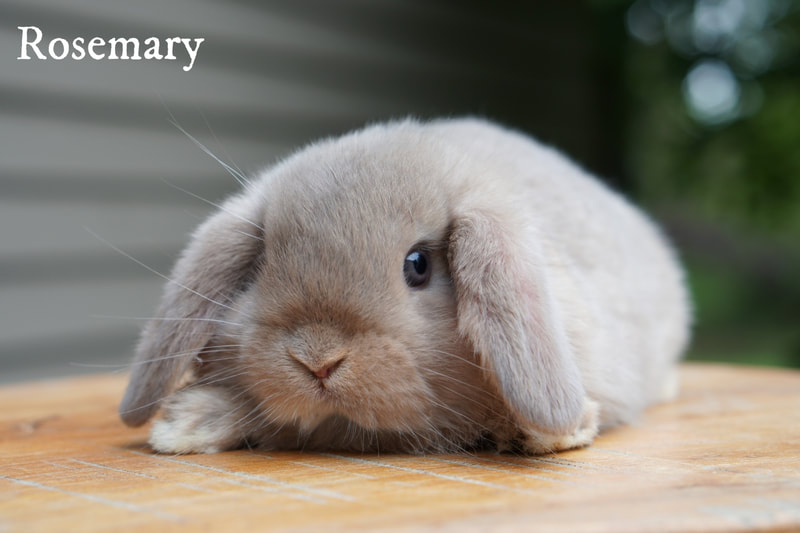
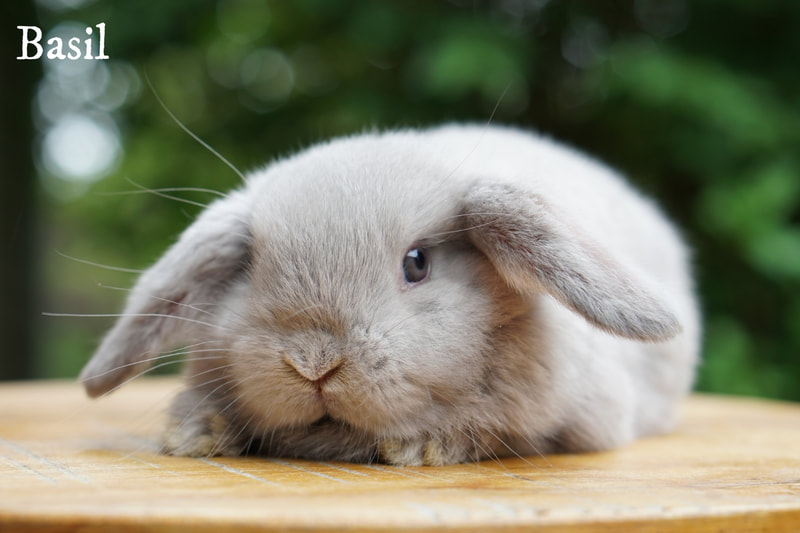
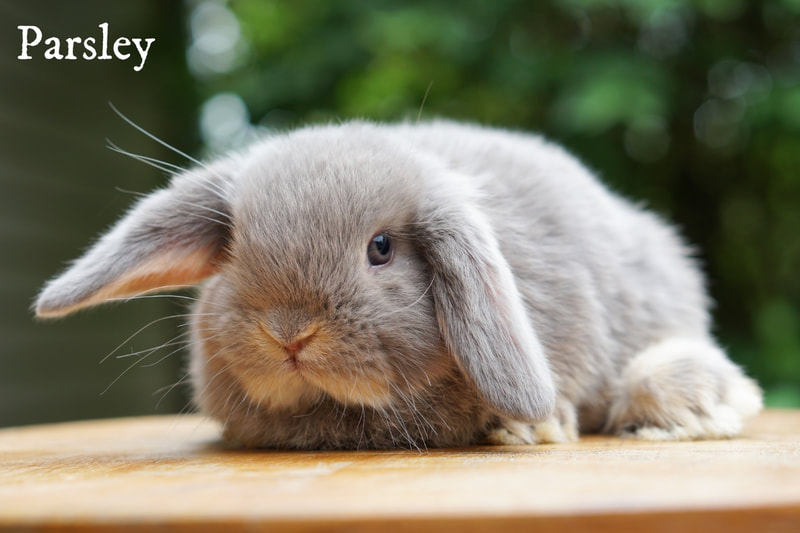
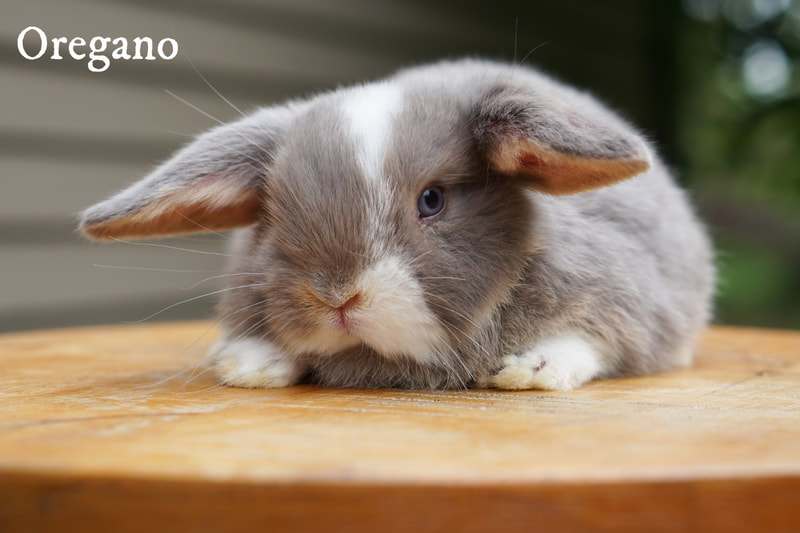
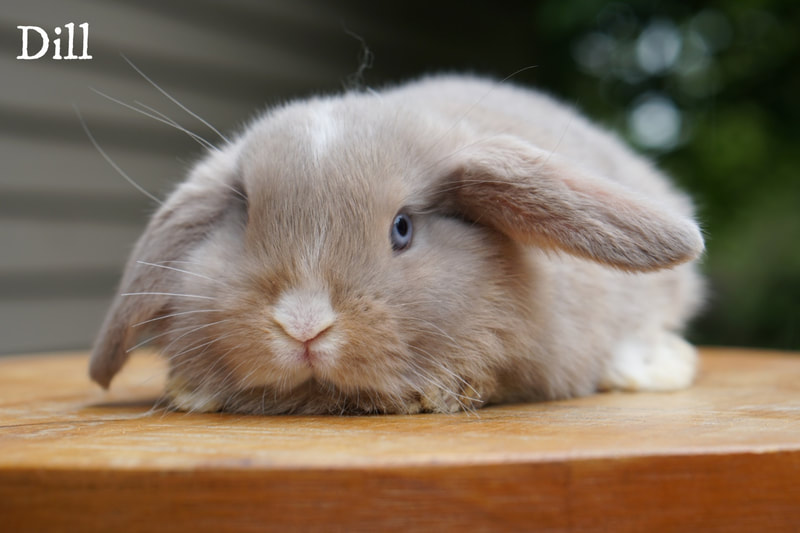
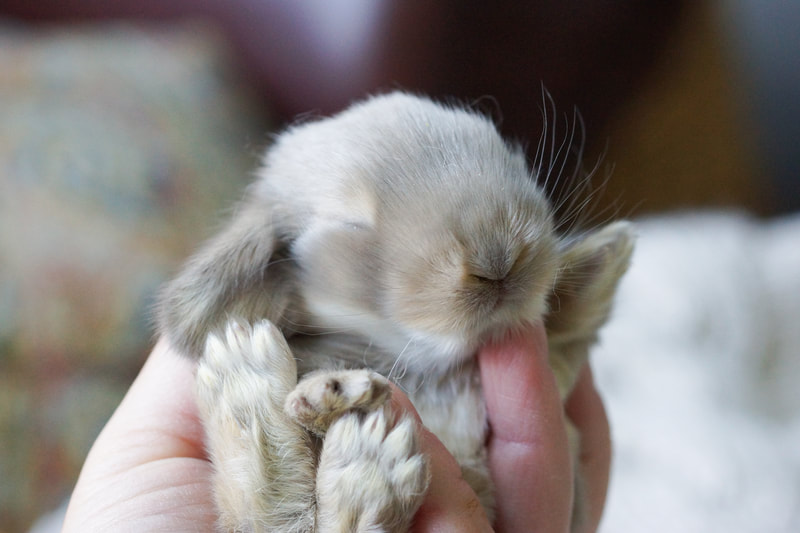
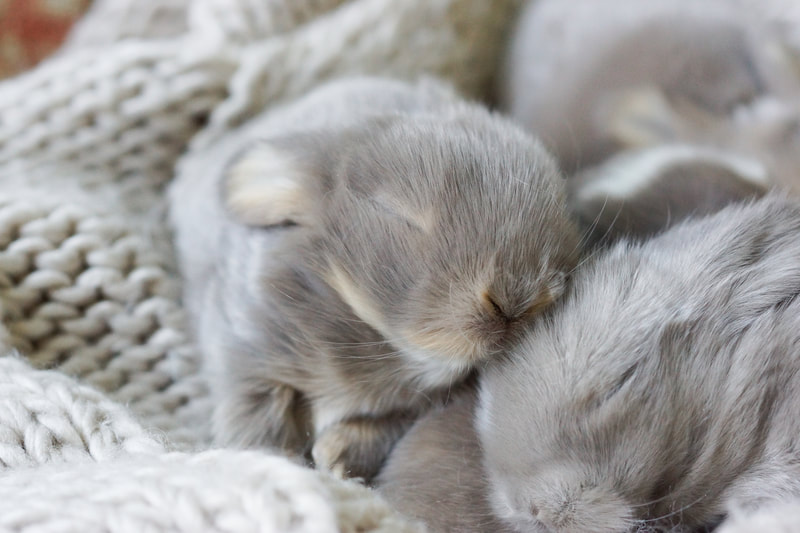
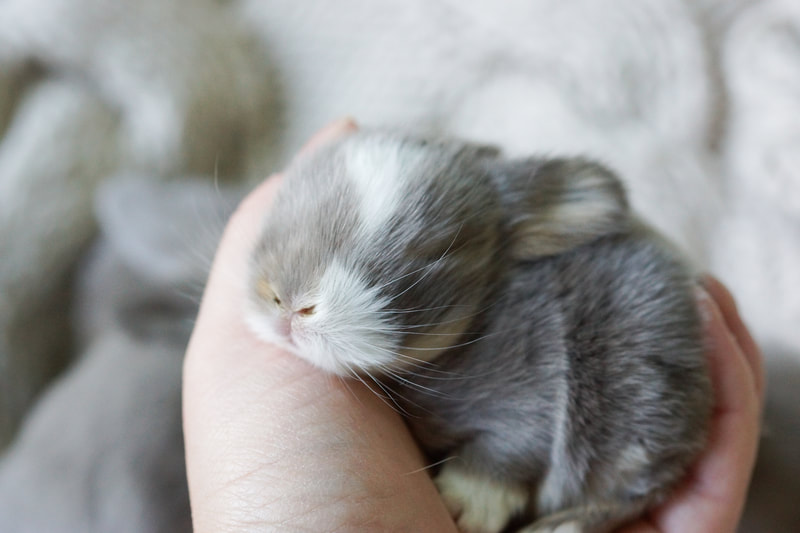
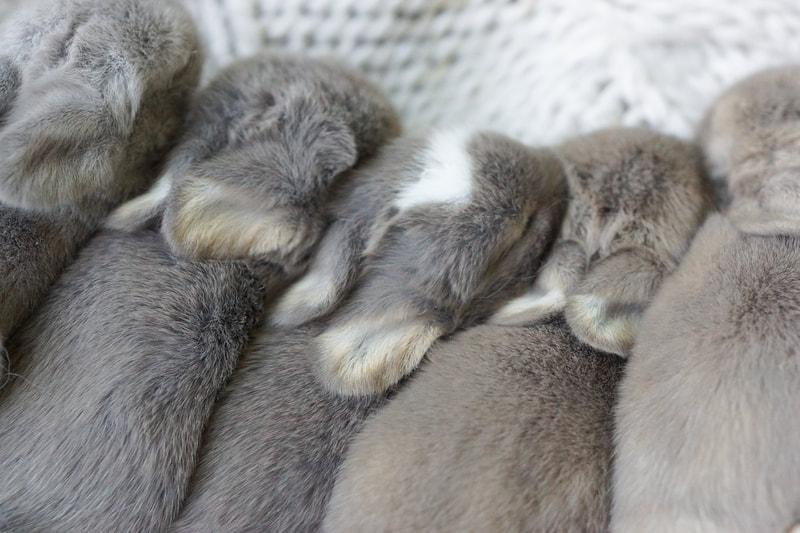
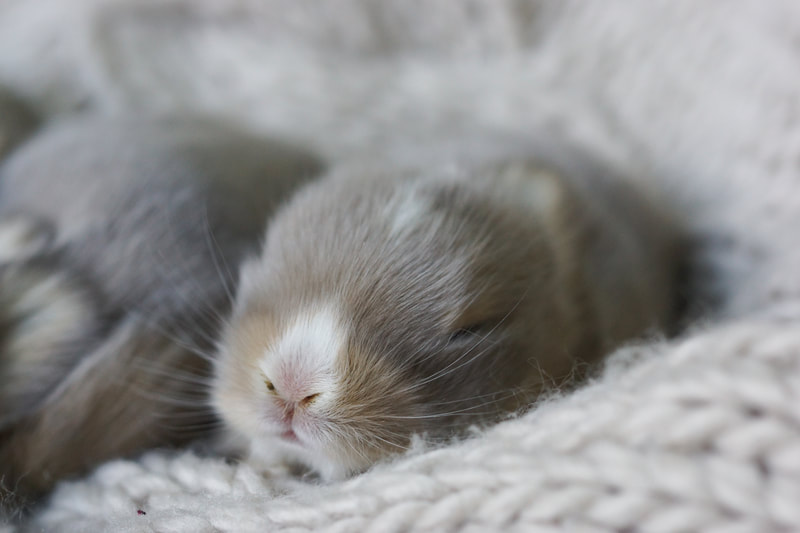
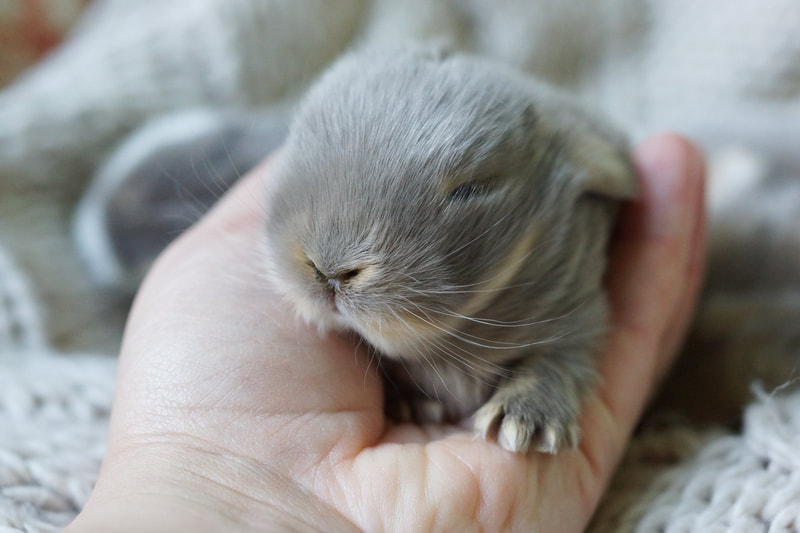
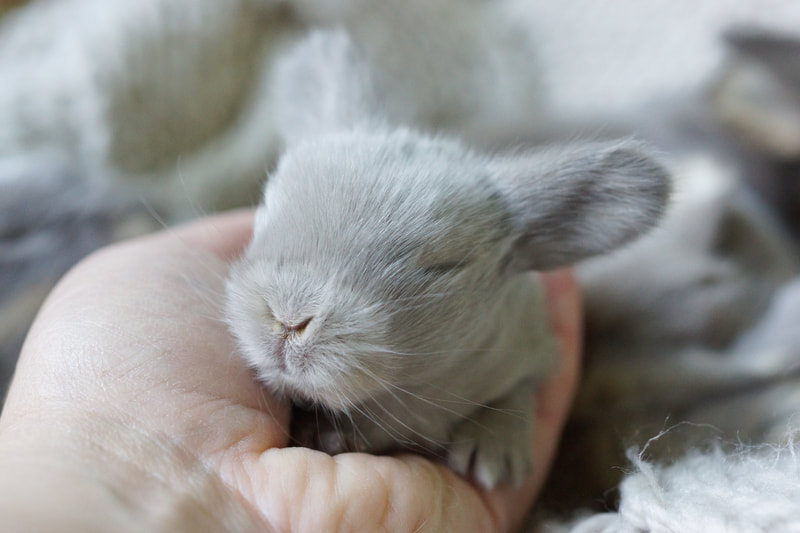
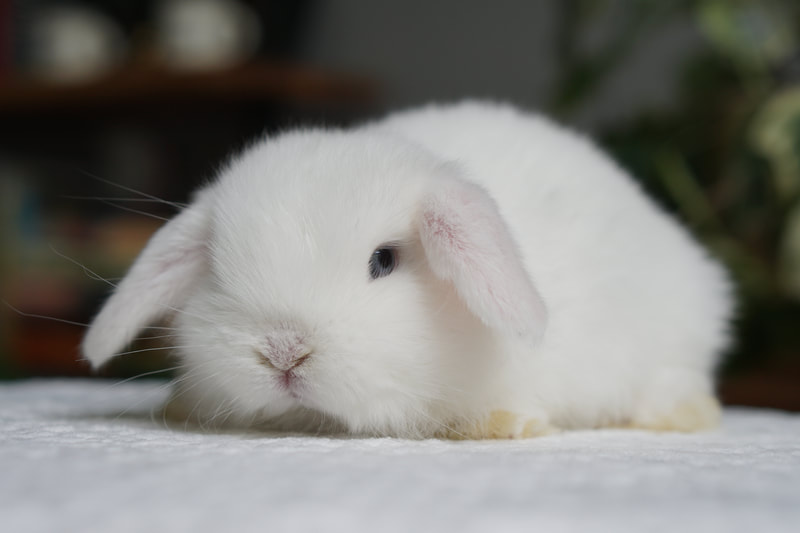
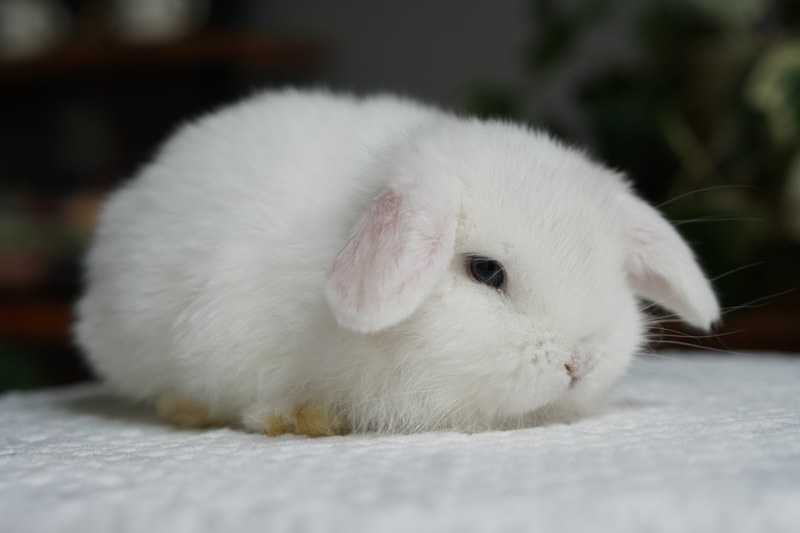
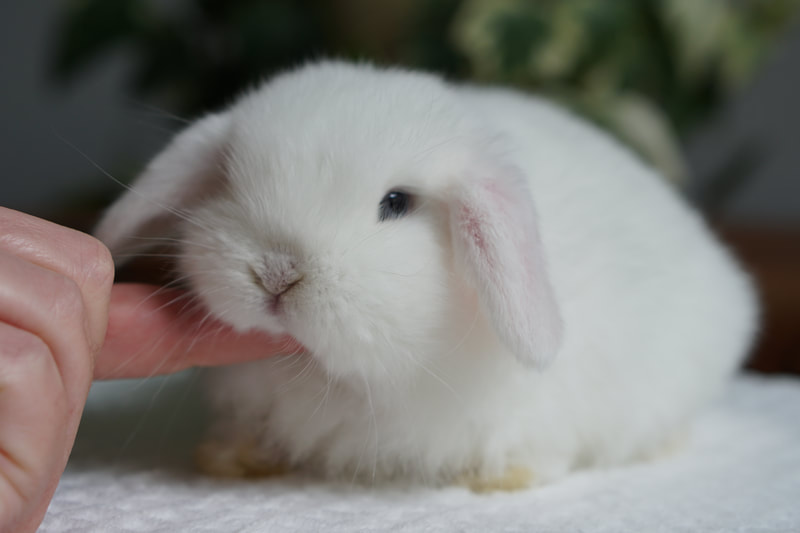
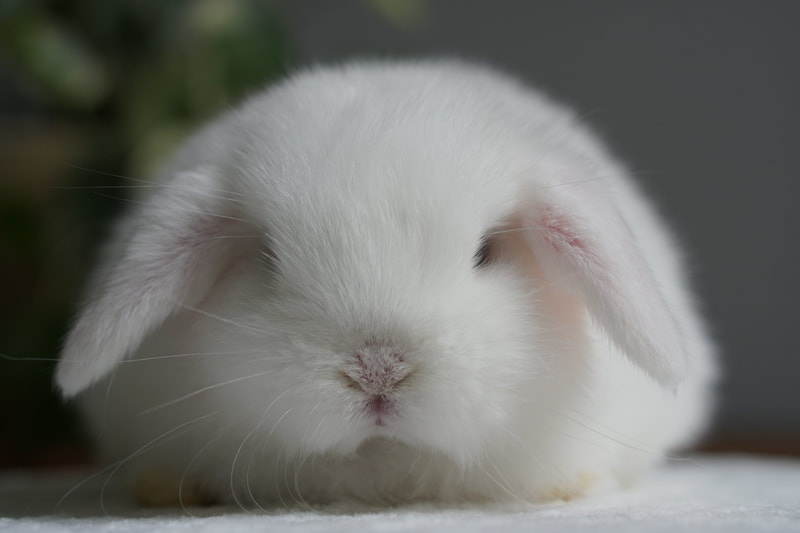
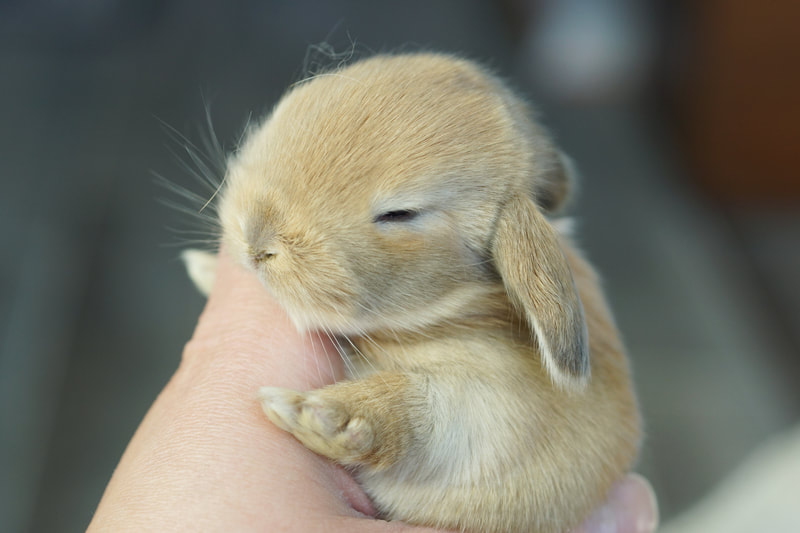
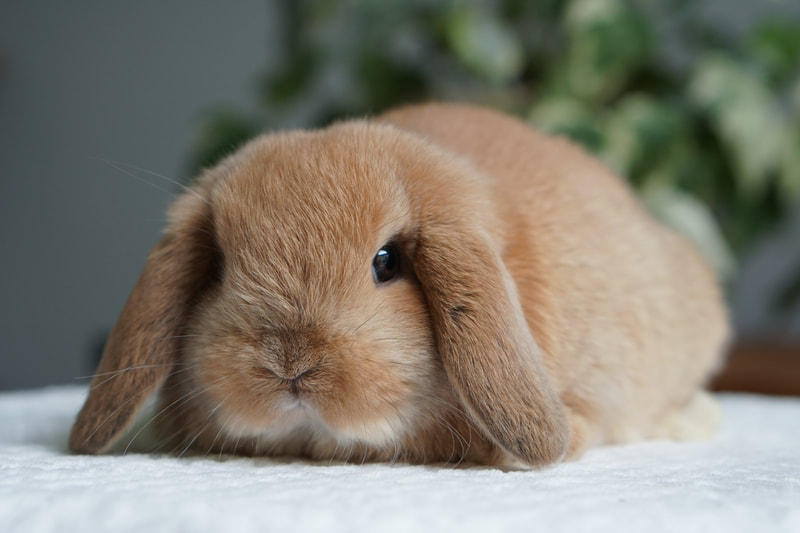
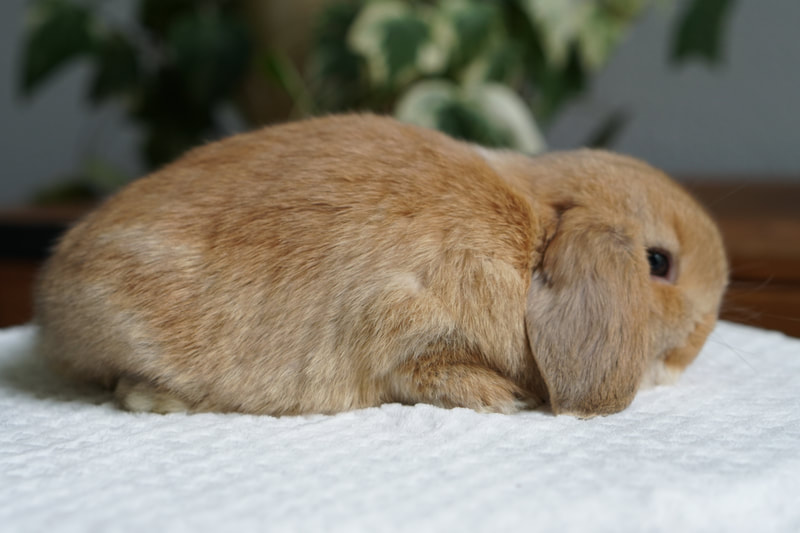
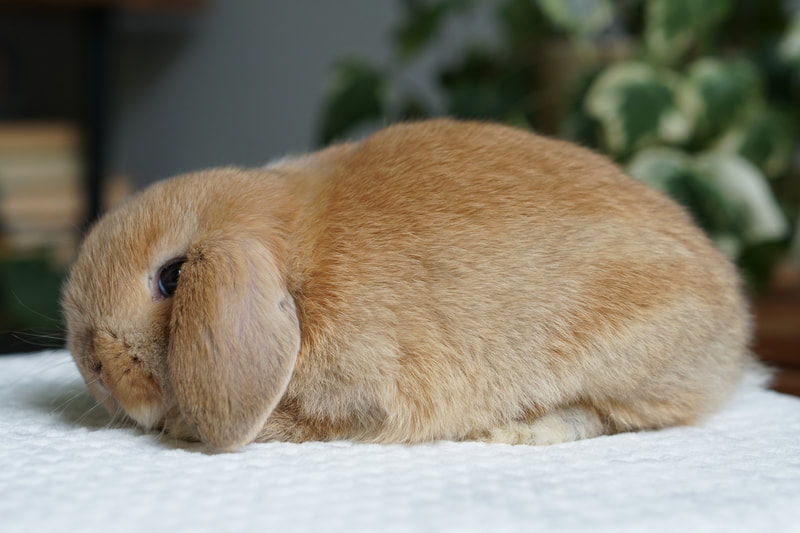
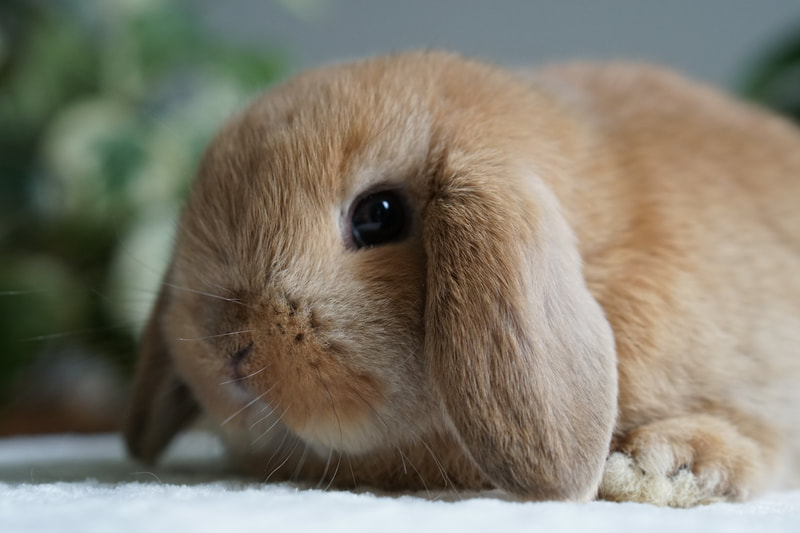
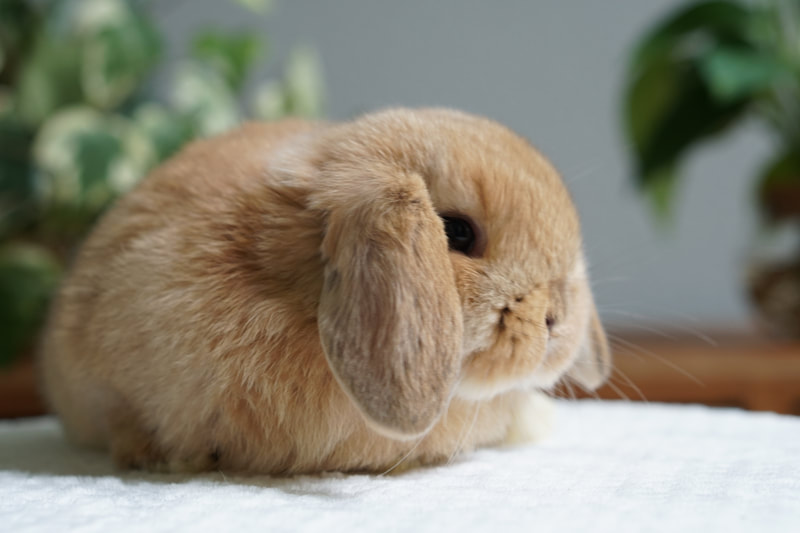
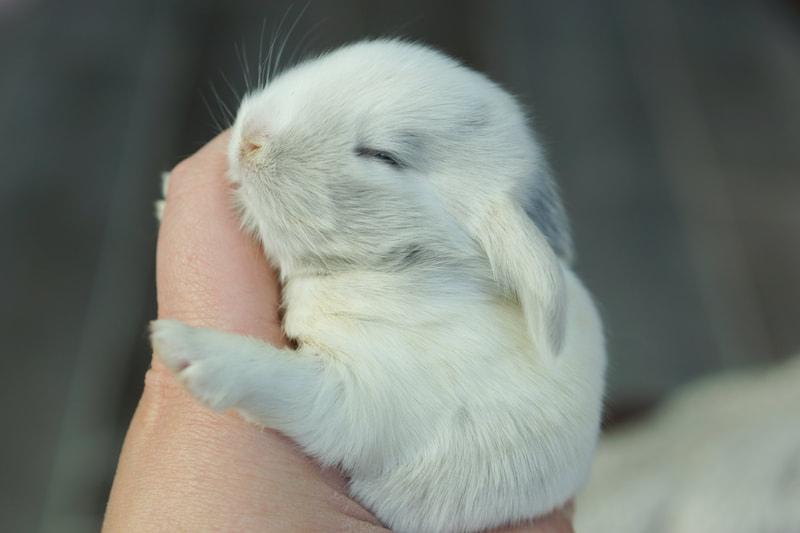
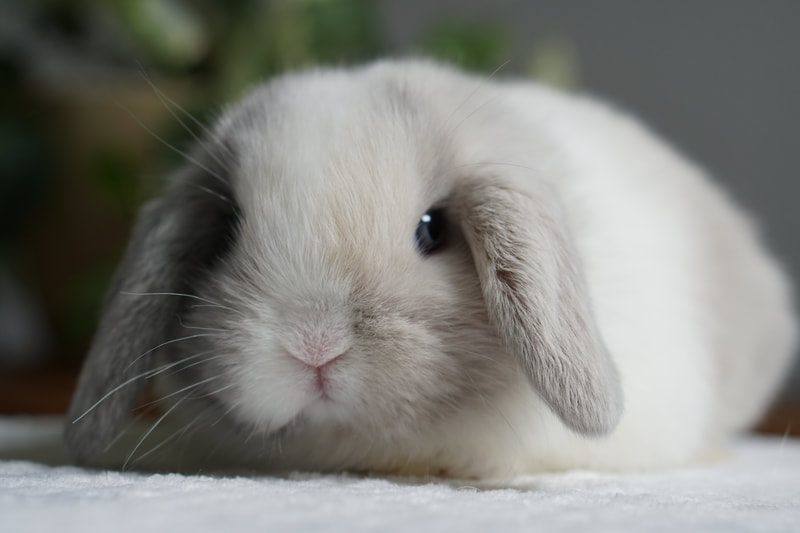
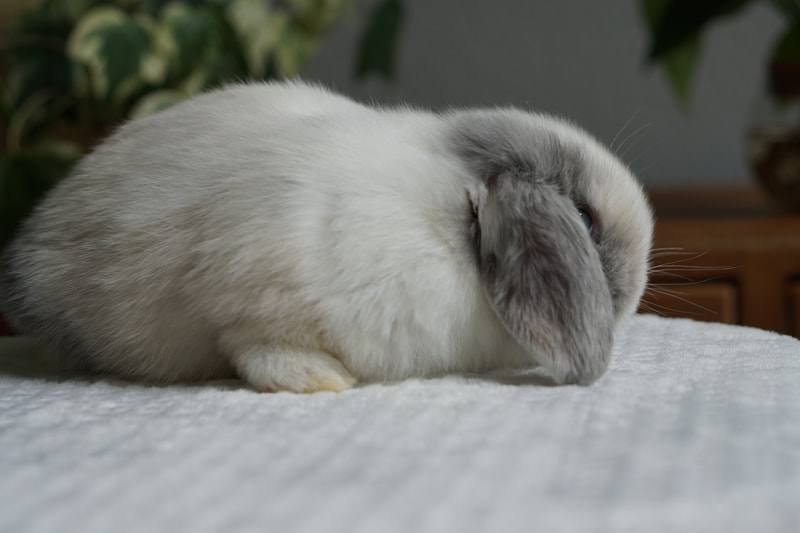
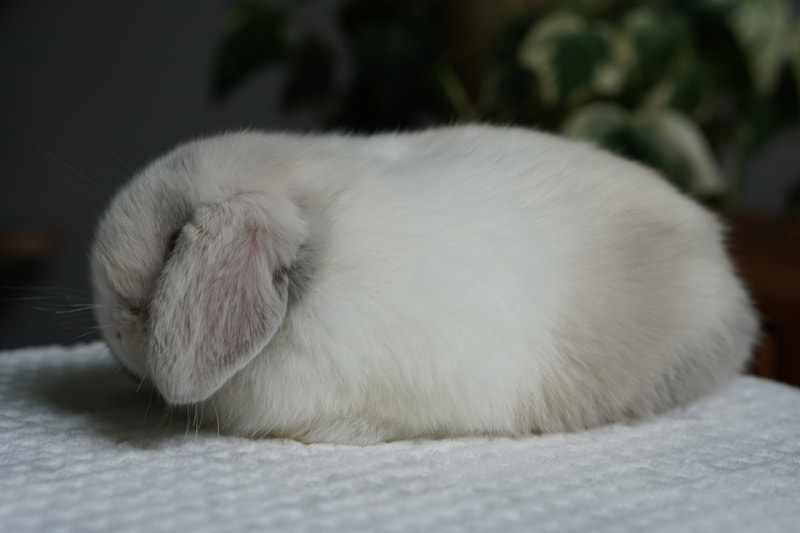
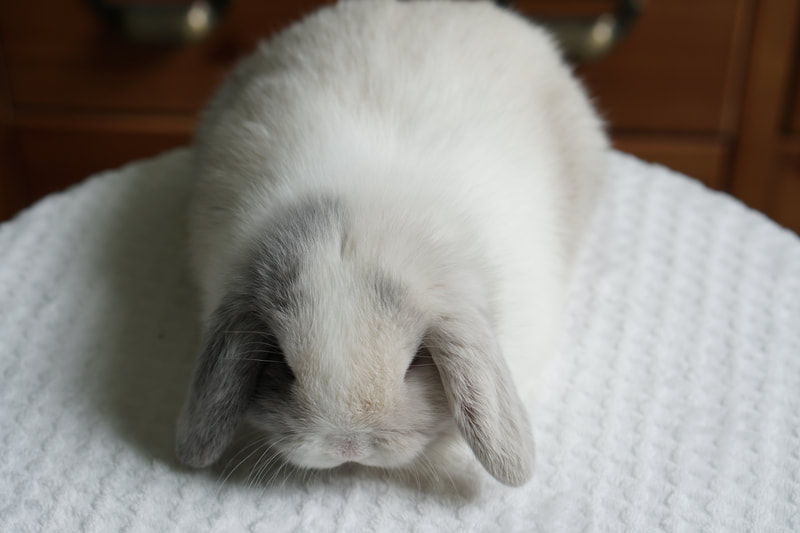
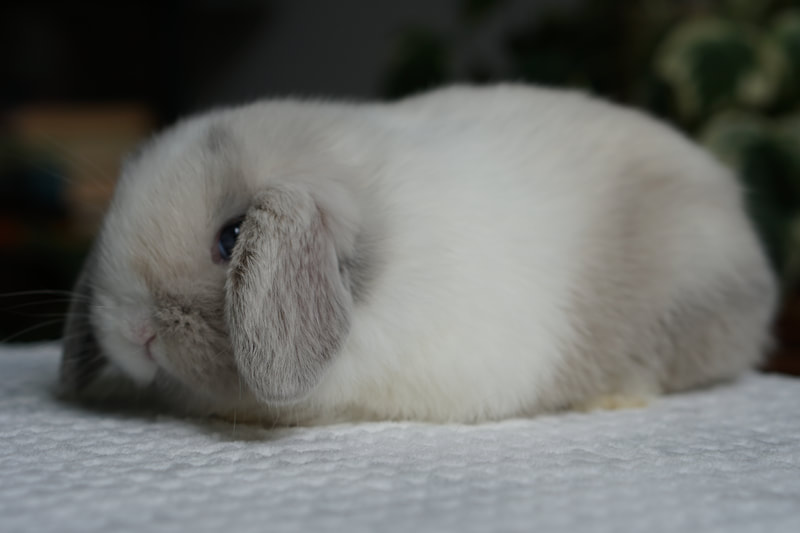
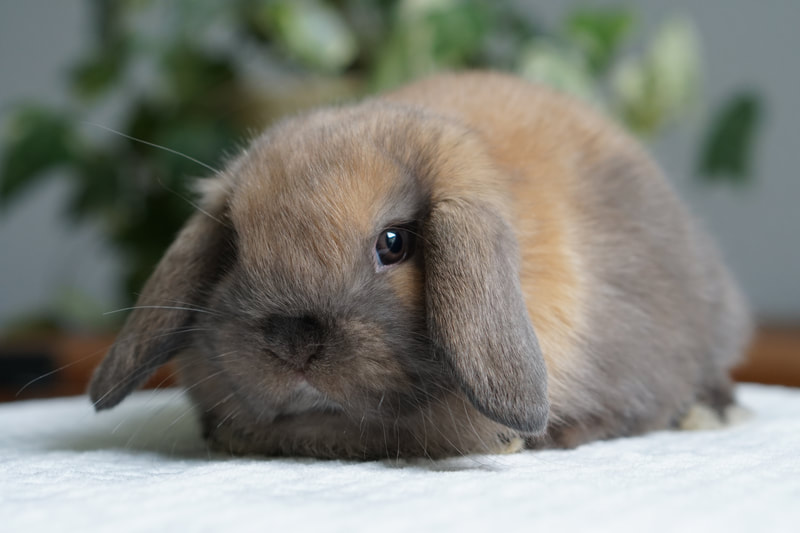
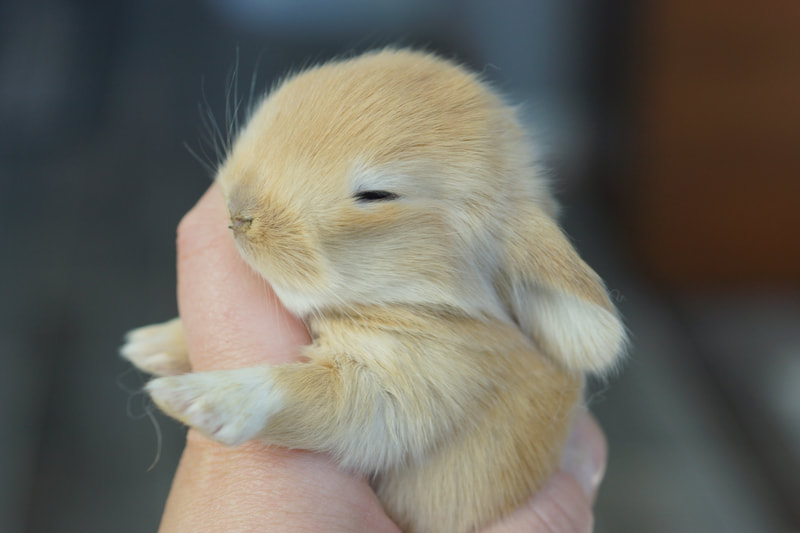
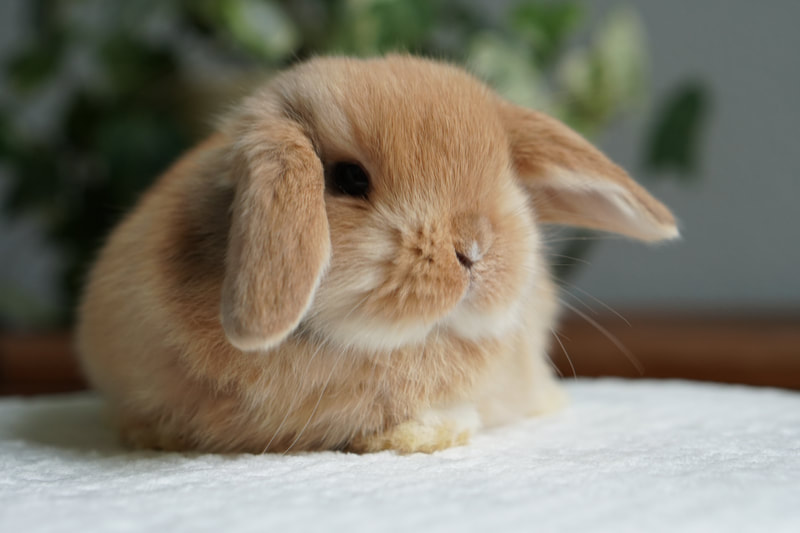
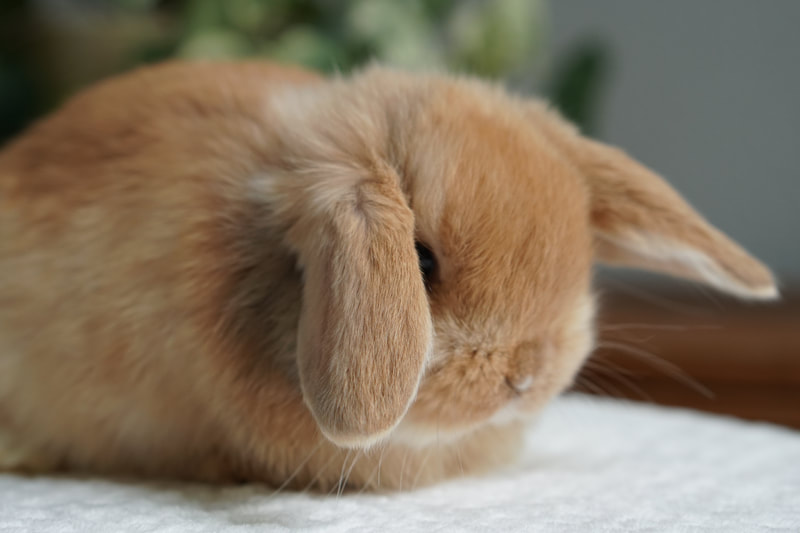
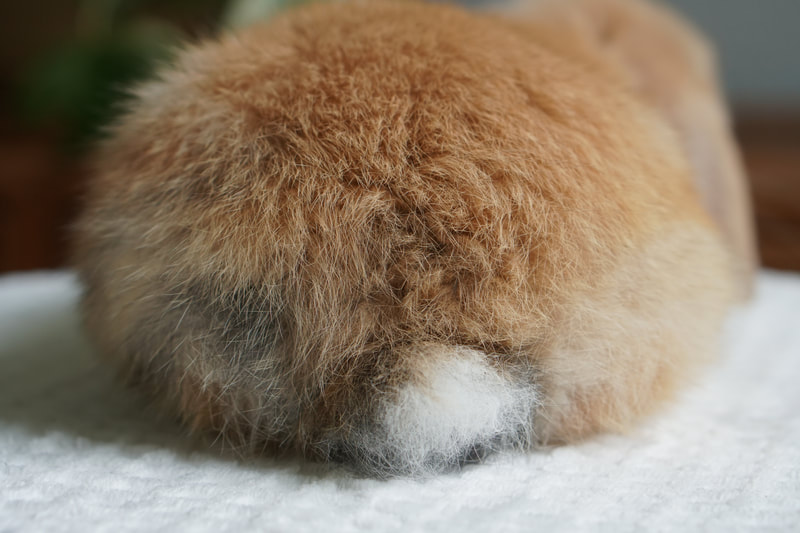
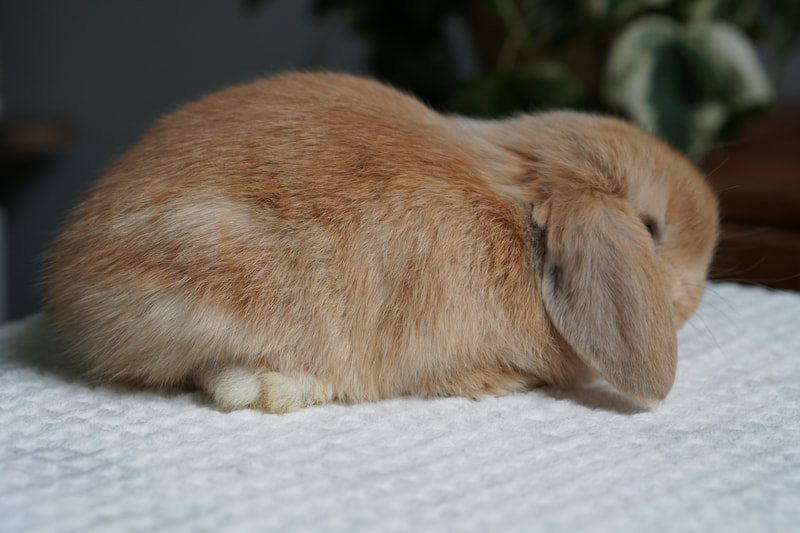
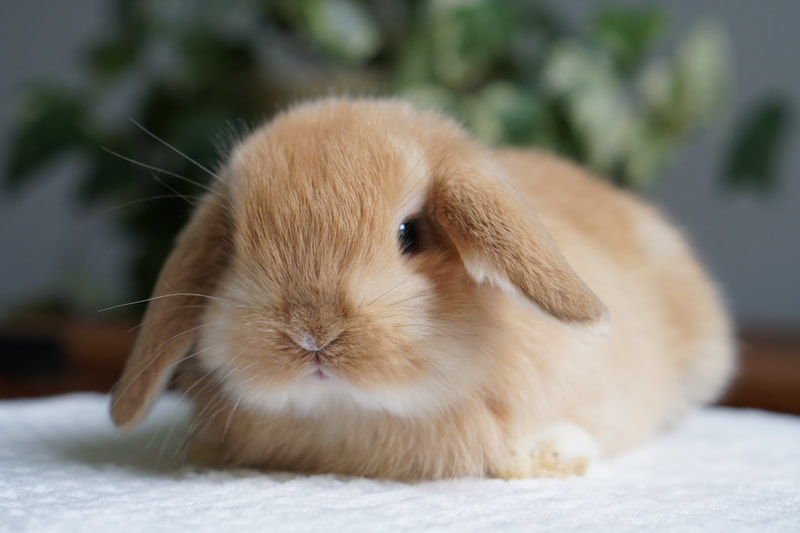
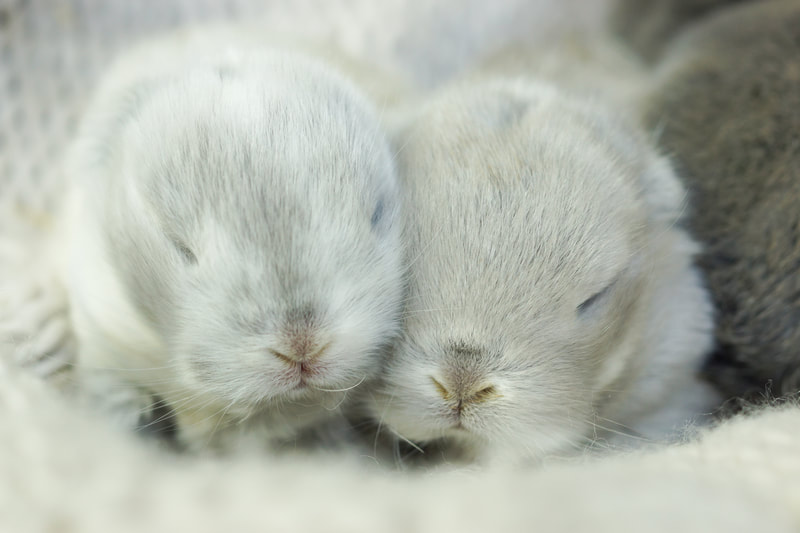
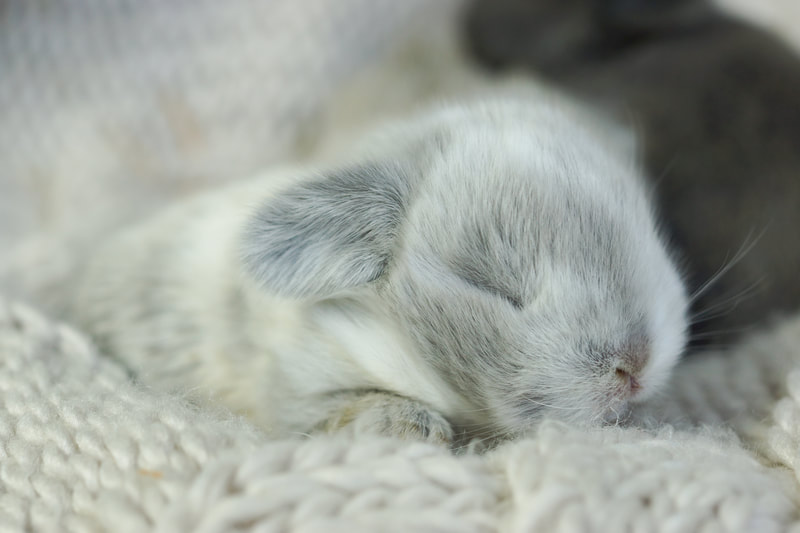

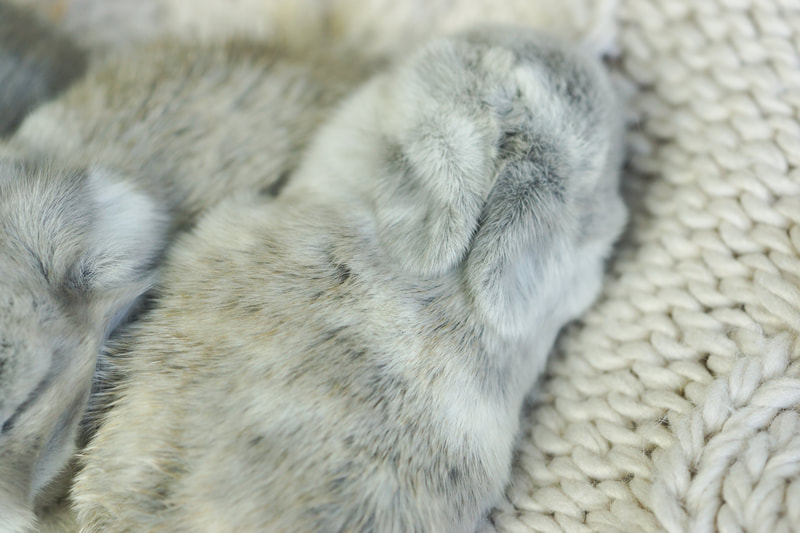
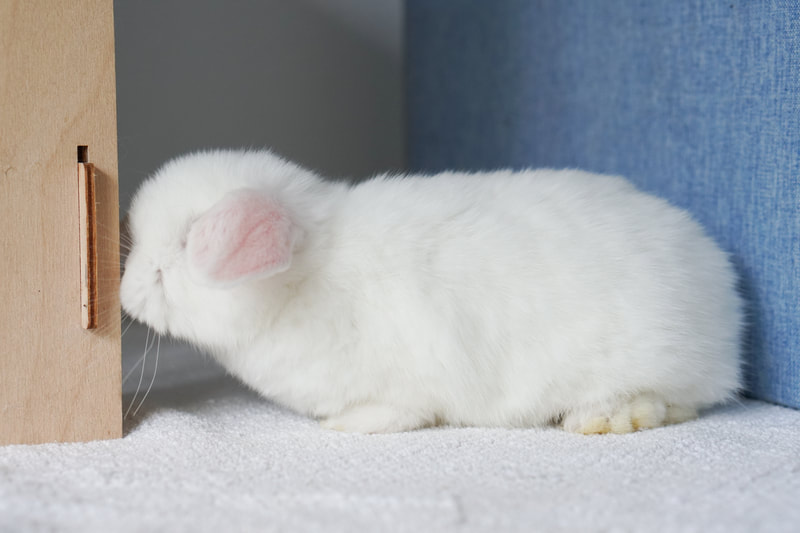
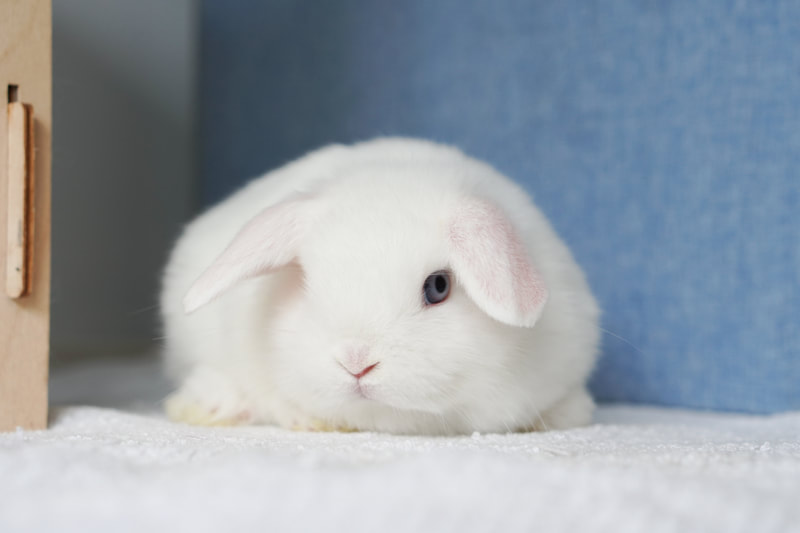
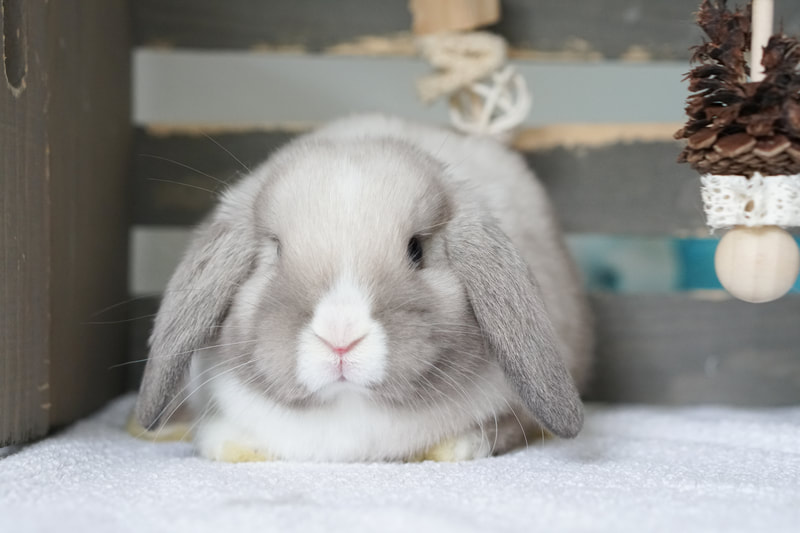
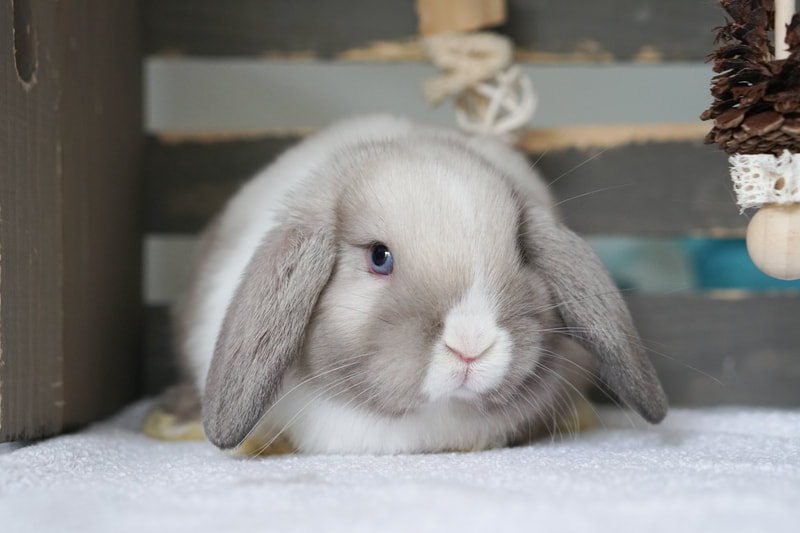
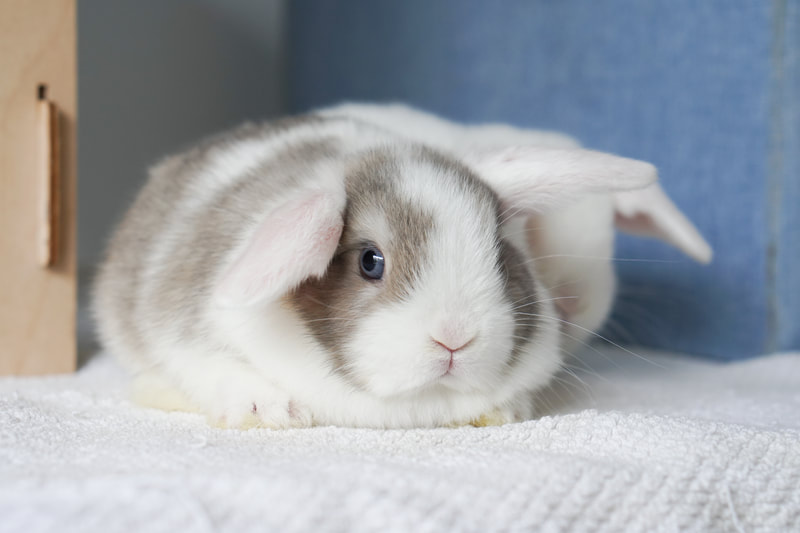
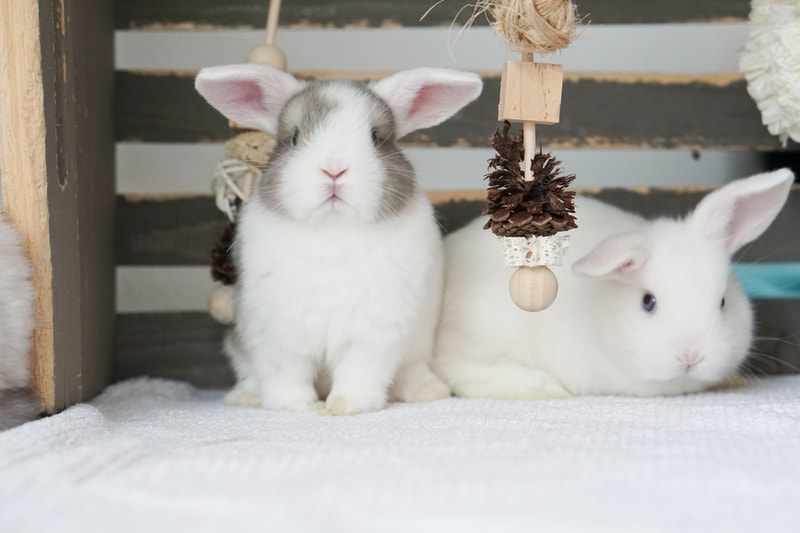
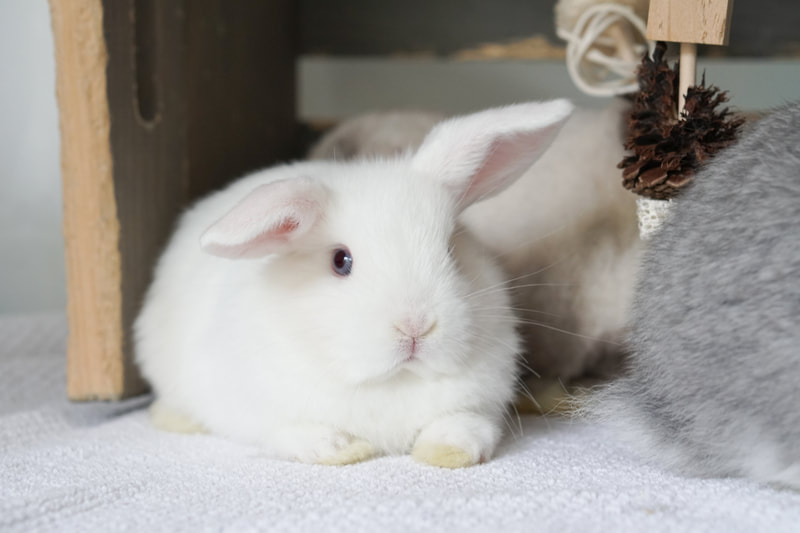
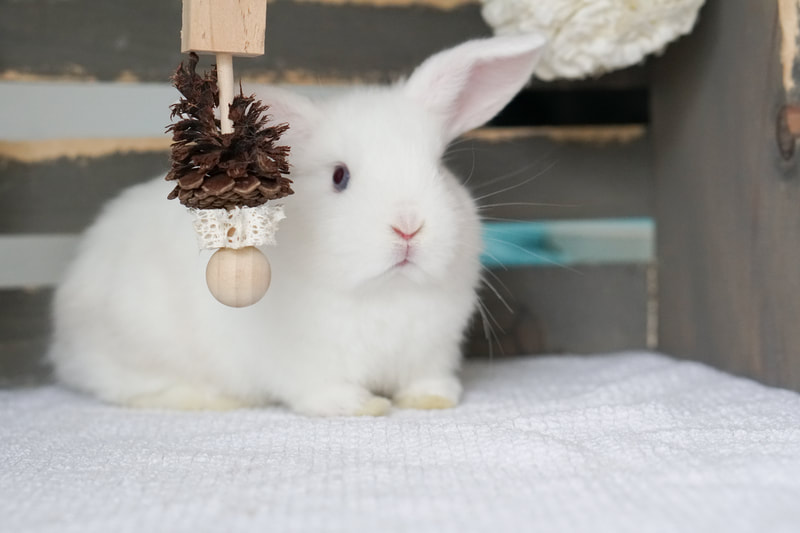
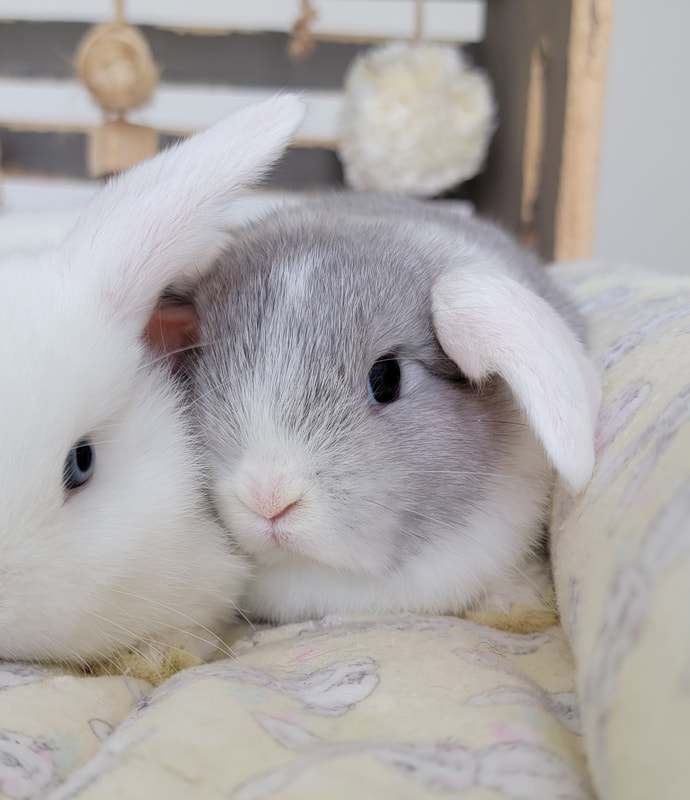
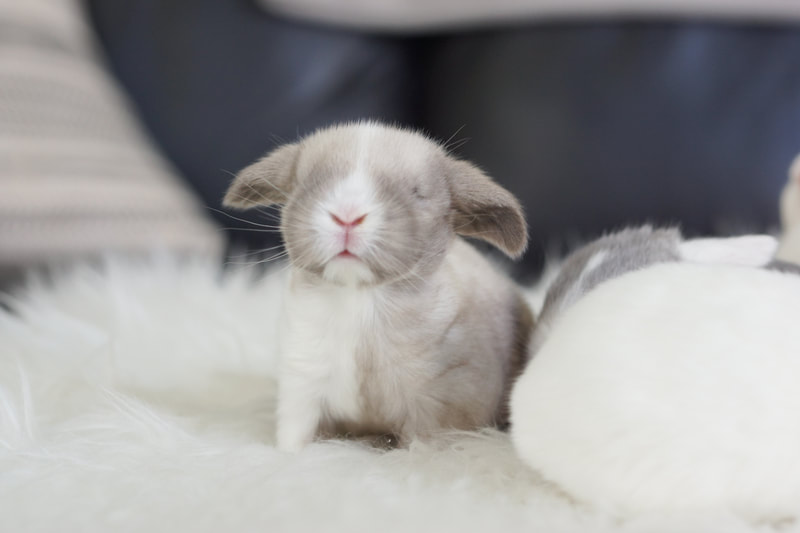
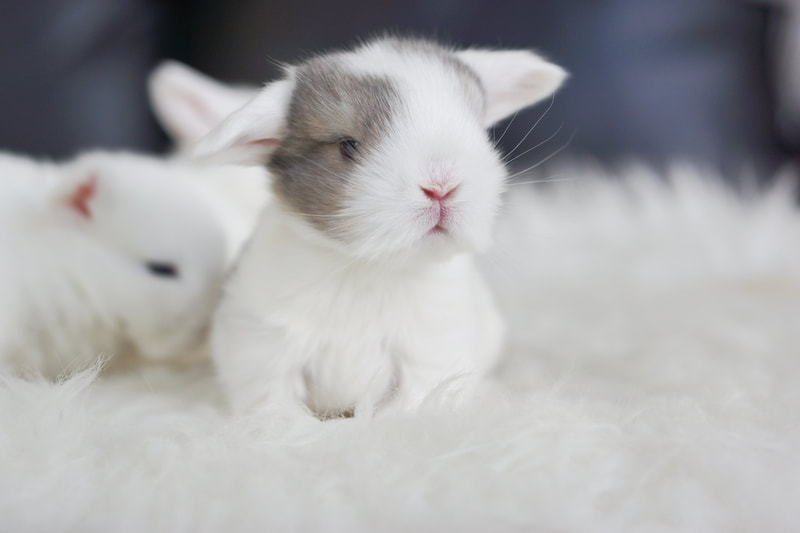
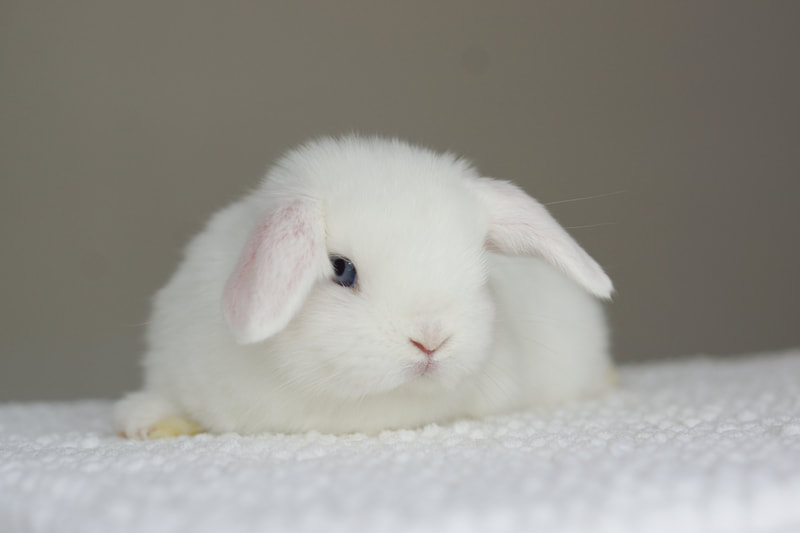
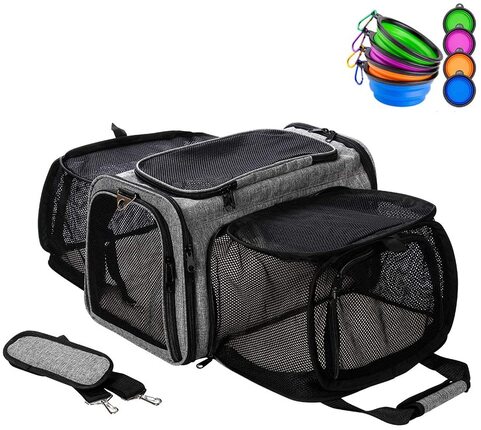
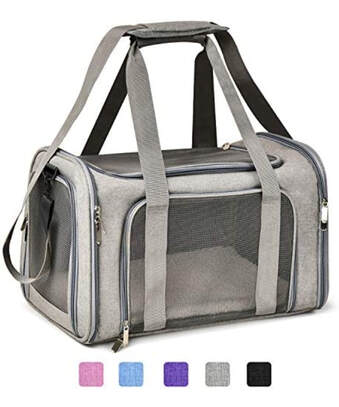


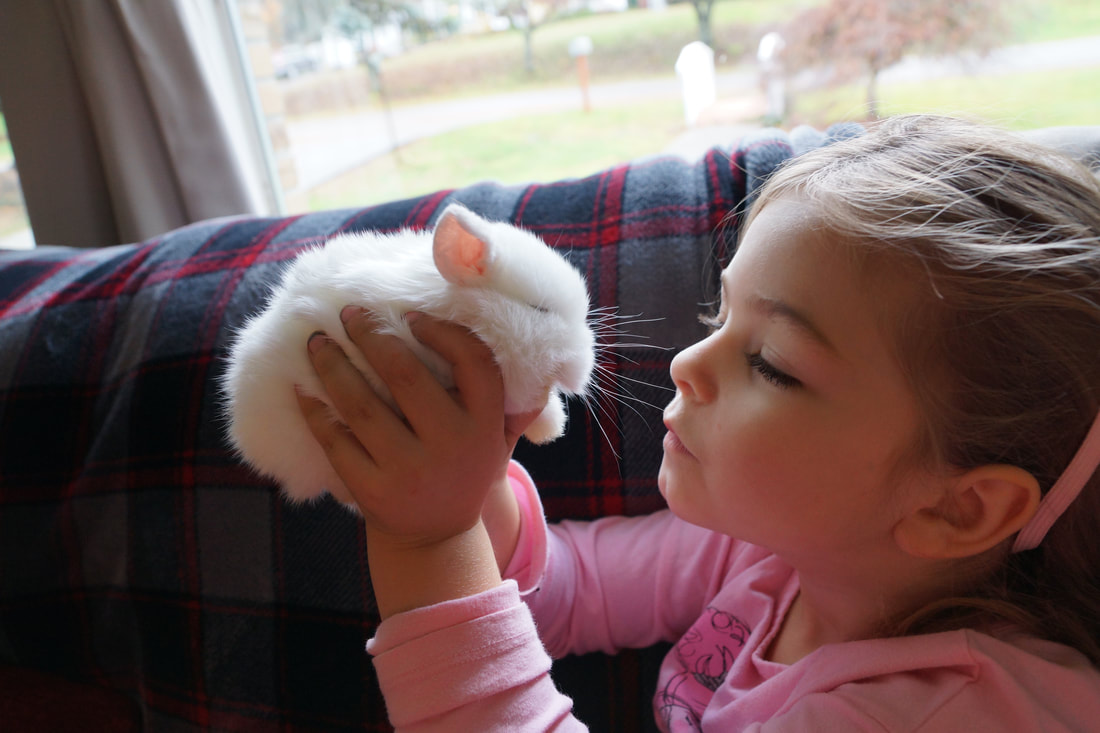
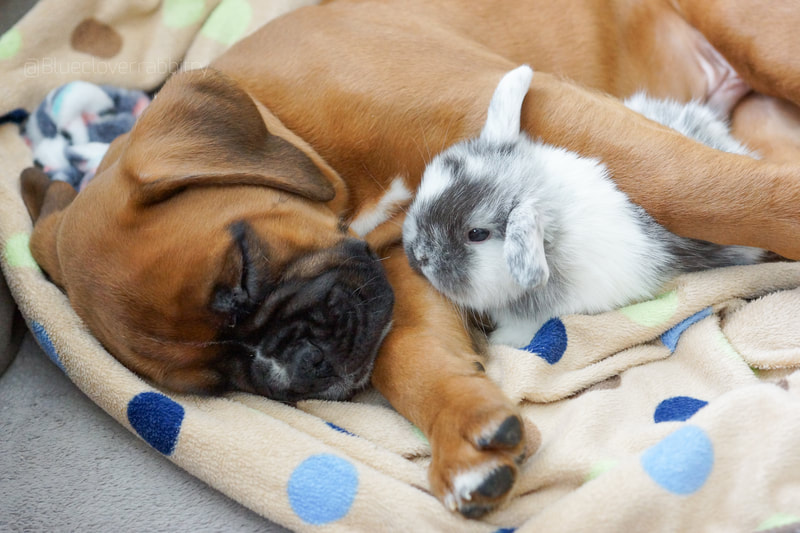
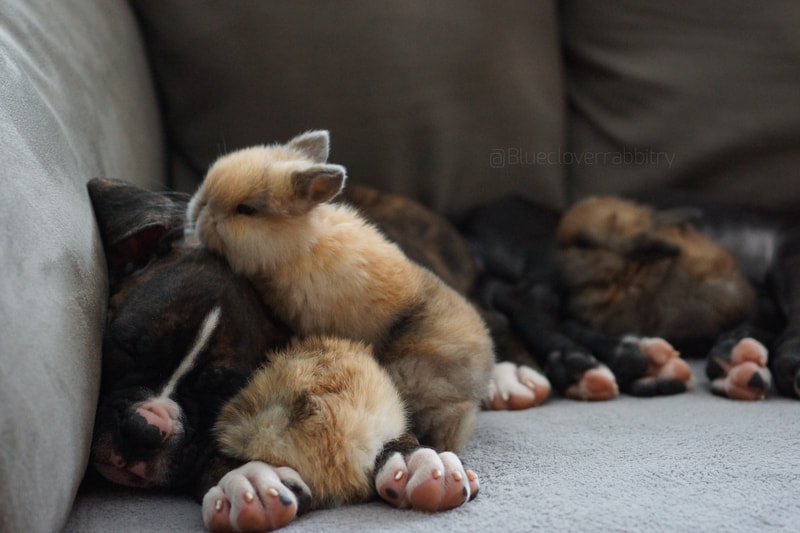
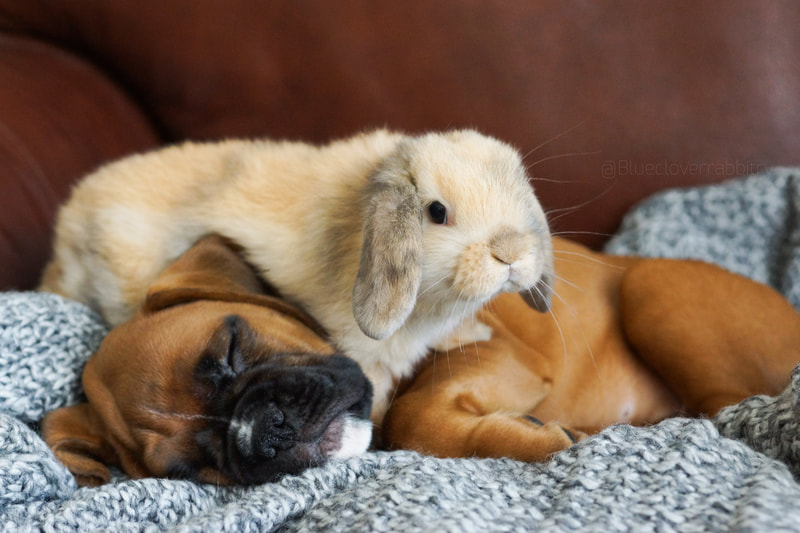
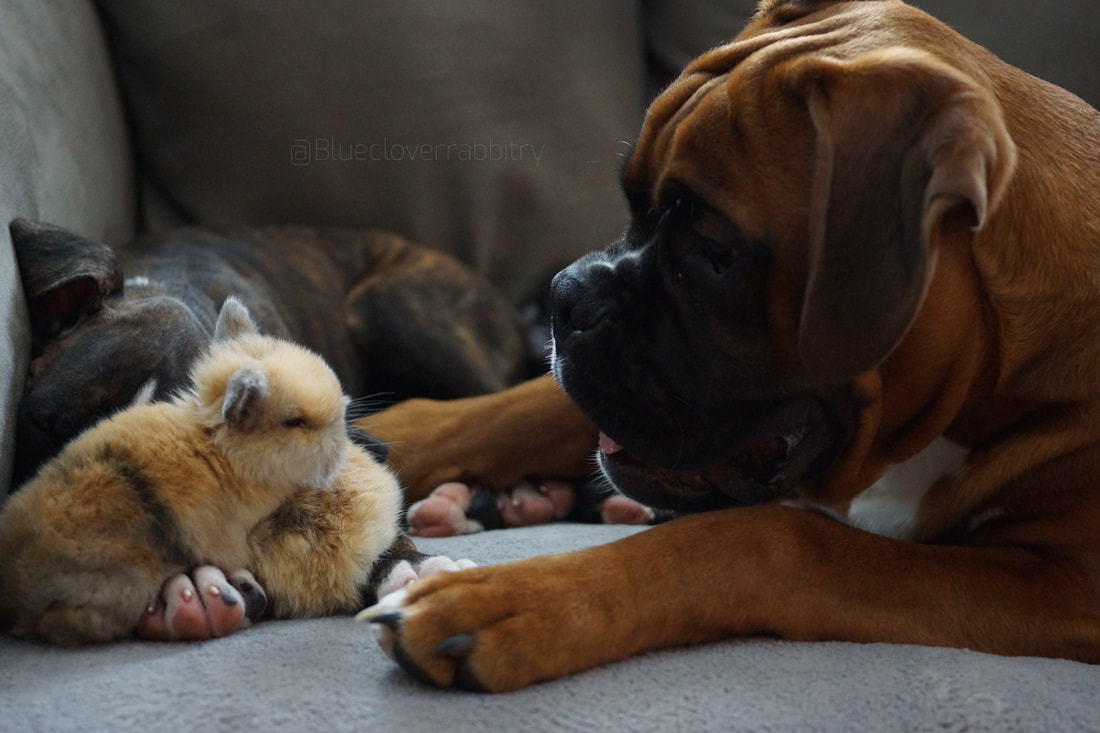
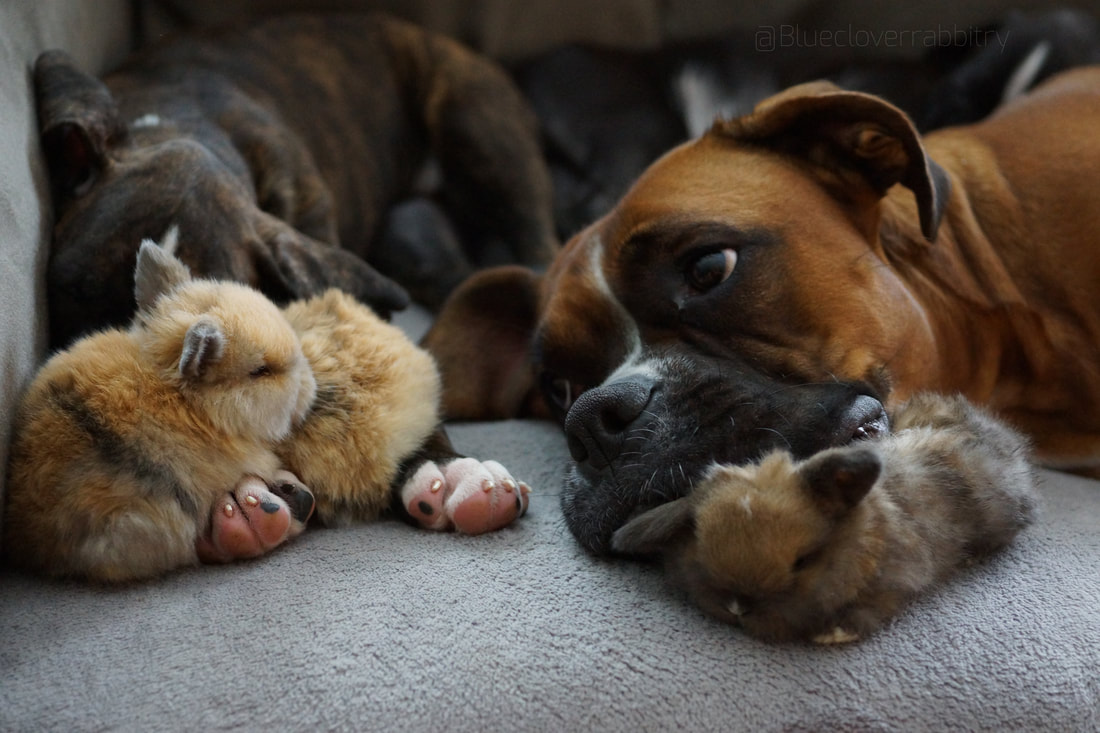
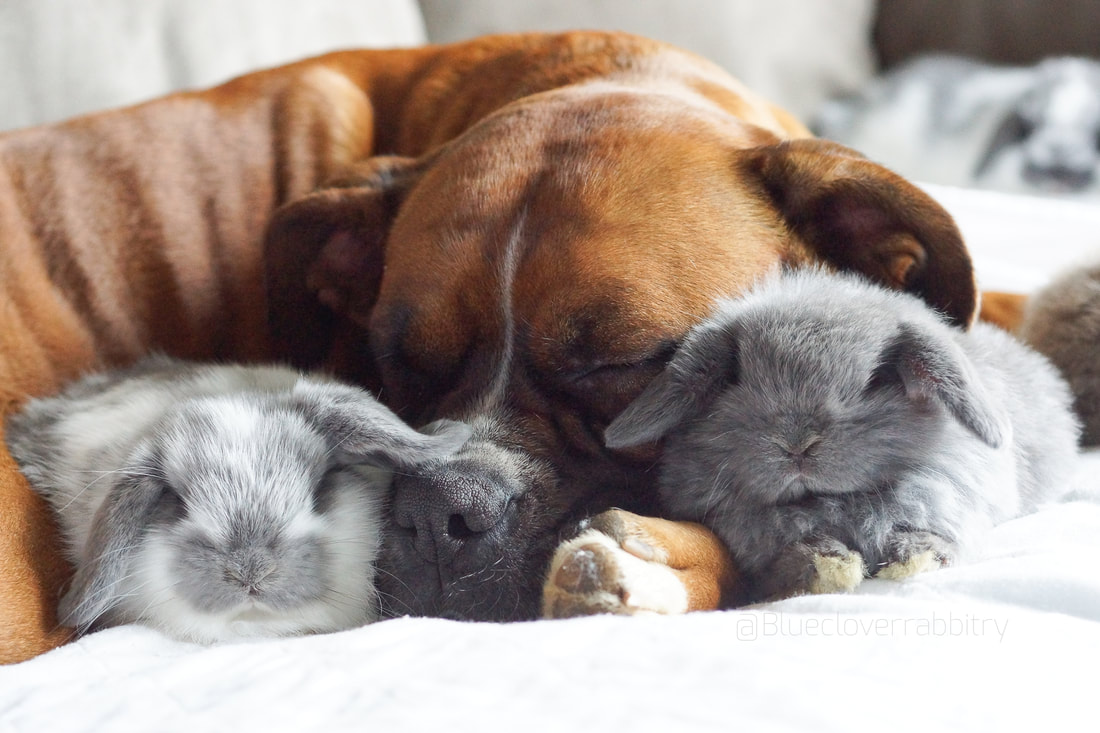
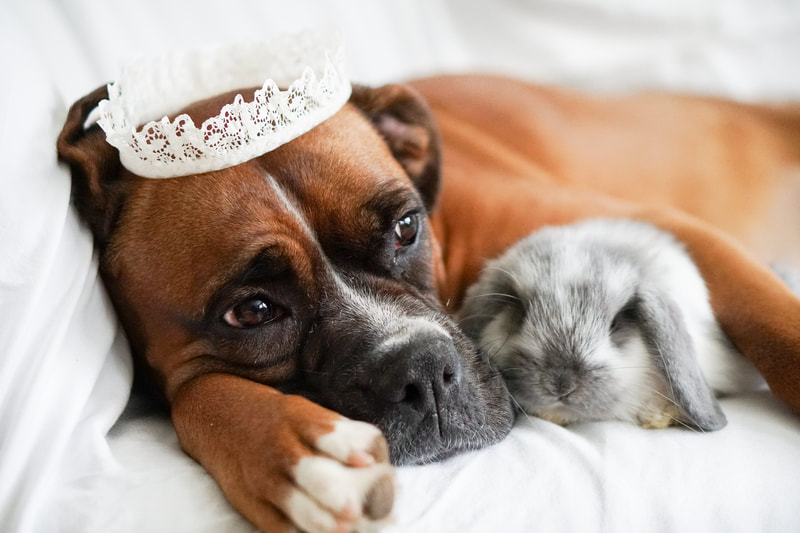
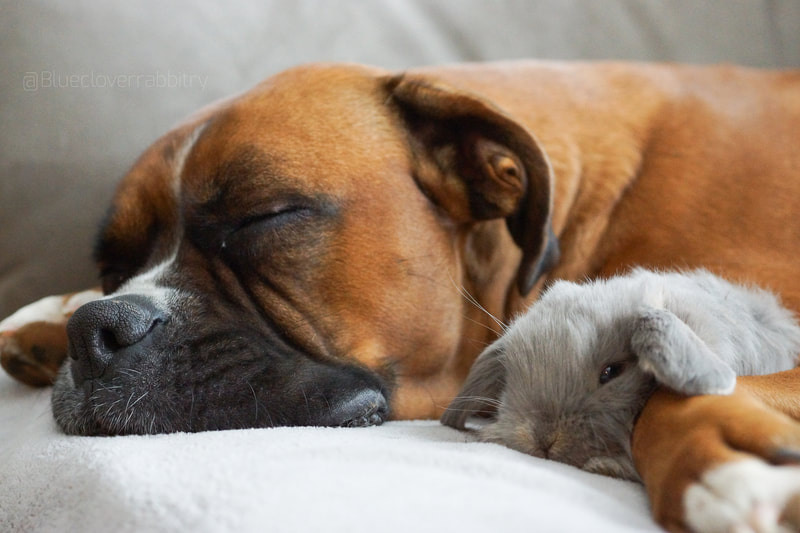
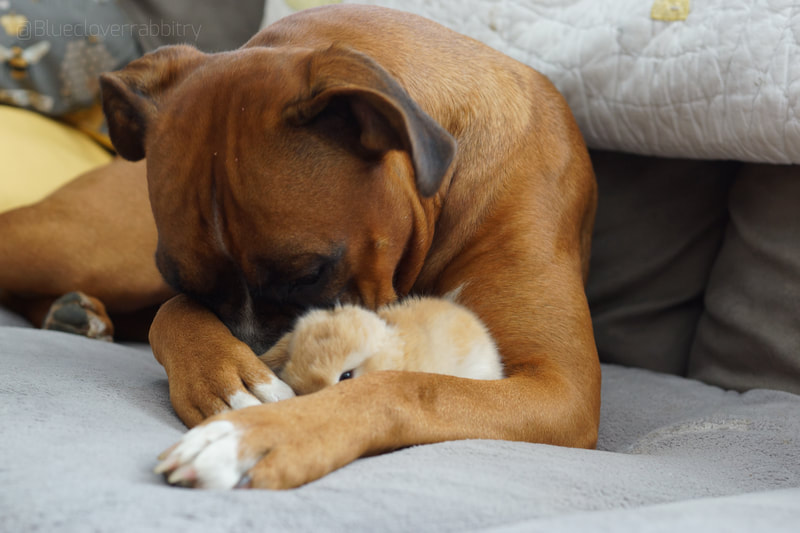
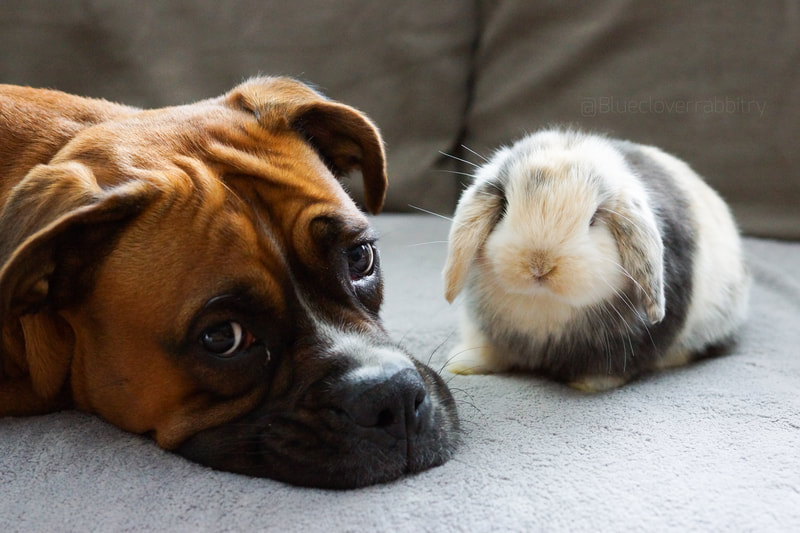
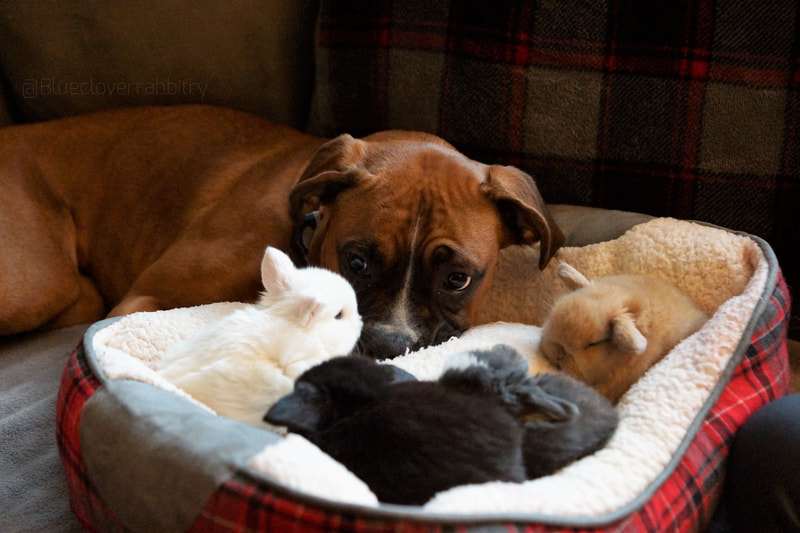
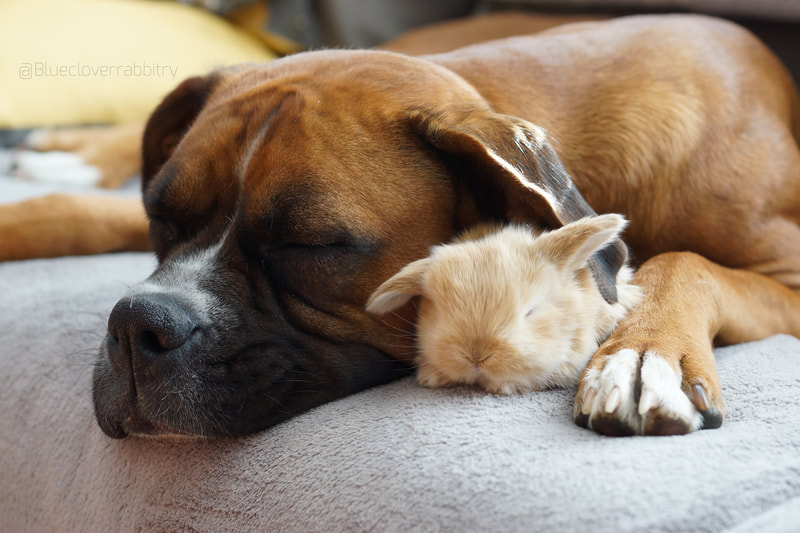
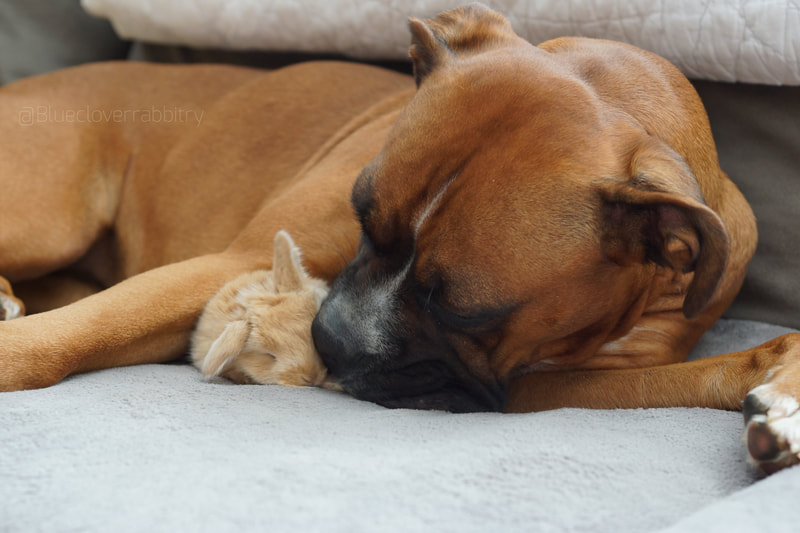
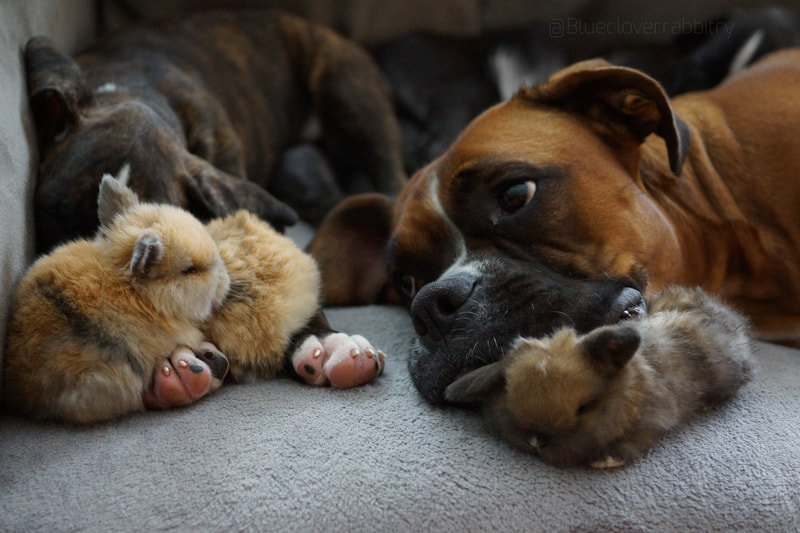
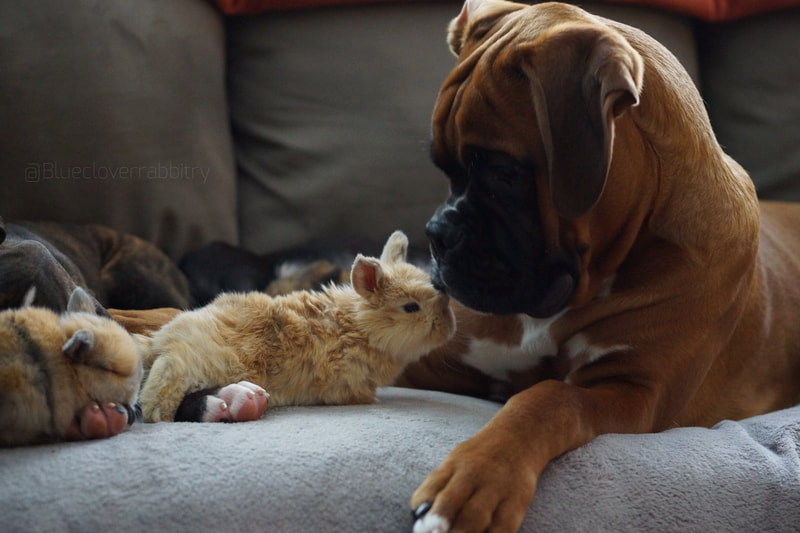

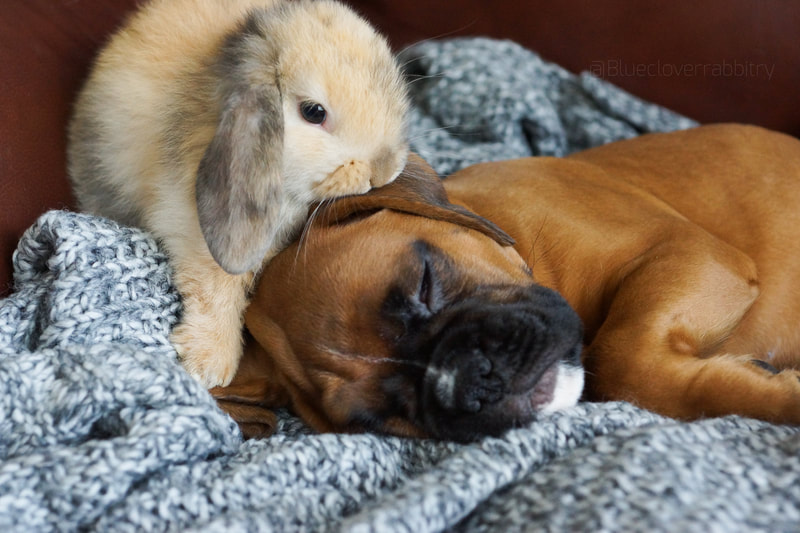
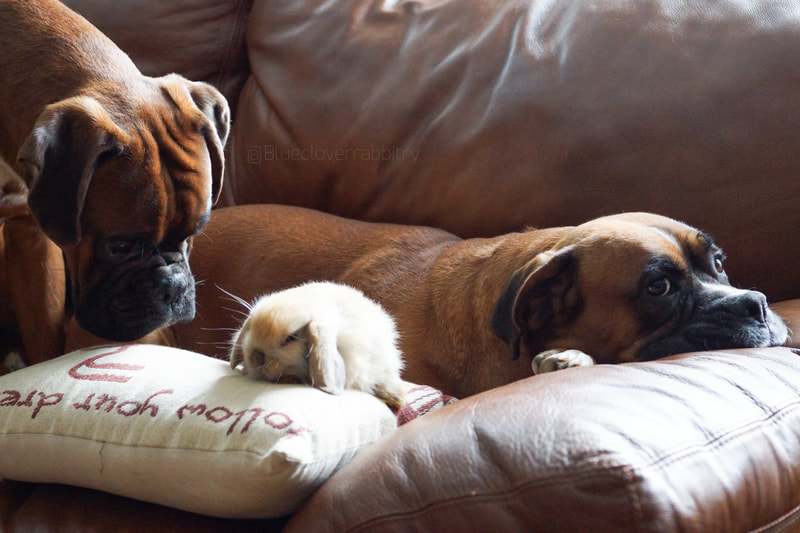
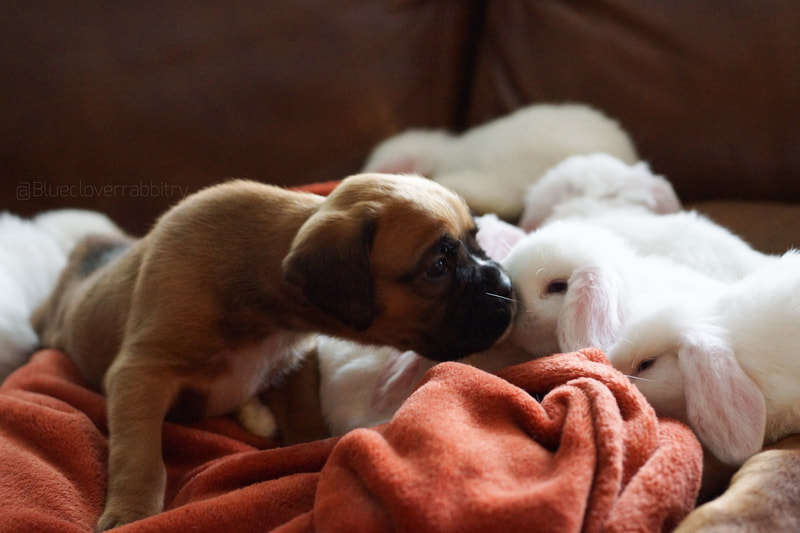
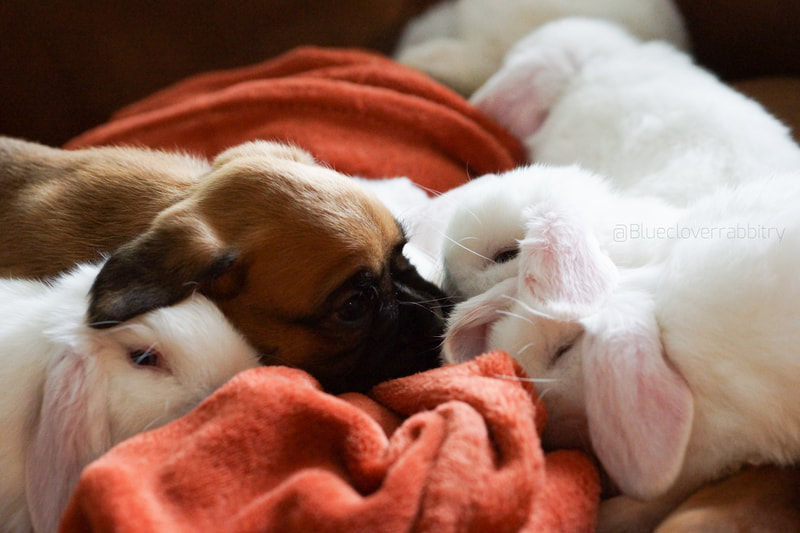
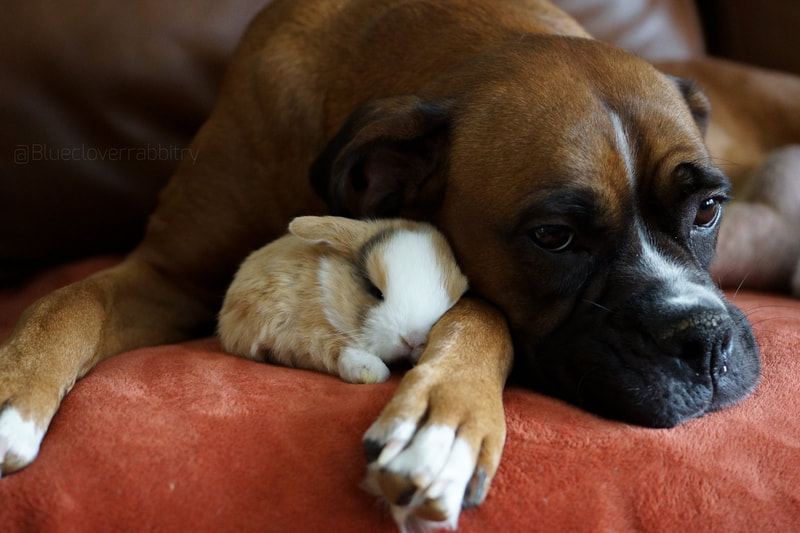
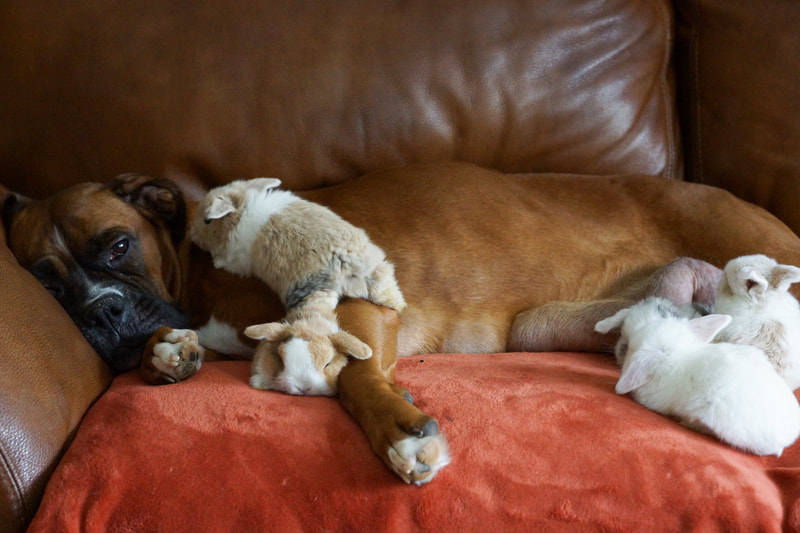
 RSS Feed
RSS Feed